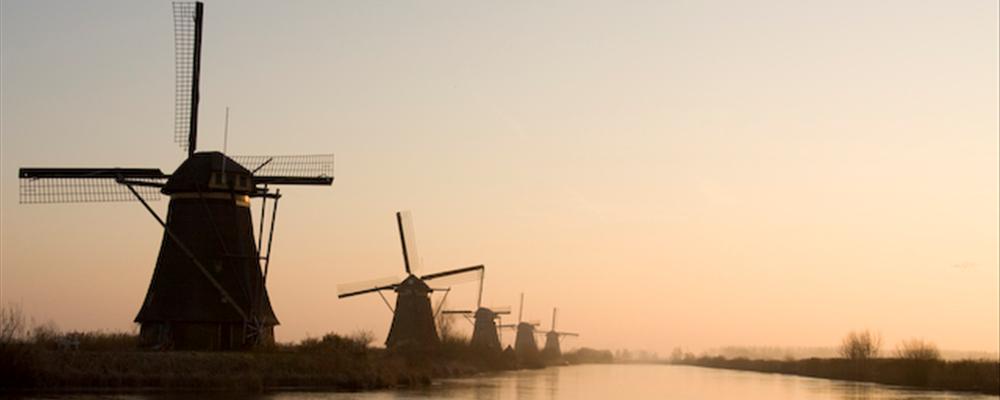
Netherlands
( 1 user review )The Kingdom of the Netherlands, The Netherlands in short, (Dutch: Nederland, also commonly called Holland in English, in reference to the provinces North-Holland and South-Holland) is a Benelux country and a founding member of the European Union. The Netherlands border Germany to the east and Belgium to the south. To the west, the country faces the North Sea and the United Kingdom. The people, language, and culture of the Netherlands are referred to as "Dutch".
Understand
History
The southern part of the country was part of the Holy Roman Empire until it was acquired piece by piece by the Burgundians. At the end of the Middle Ages, it became a Spanish possession (together with what is now Belgium). Little survives from this period, except a few historic city centers, and a few castles.
Following the Dutch Revolt, led by national hero William of Orange (Willem van Oranje), the Netherlands became a de facto independent republic in 1572. The (first) split with Belgium came when the northern provinces (including Flanders) signed the Union of Utrecht in 1579. It grew to become one of the major economic and seafaring powers in the world during the 17th century, which is known as the Dutch Golden Age (Gouden Eeuw). During this period, many colonies were founded or conquered, including the Netherlands East Indies (currently Indonesia) and New Amsterdam (currently New York City), which was later traded with the British for Suriname.
In 1805, the country became a kingdom when Emperor Napoleon appointed his brother 'King of Holland'. In 1815, it became the 'United Kingdom of the Netherlands (Verenigd Koninkrijk der Nederlanden) together with Belgium and Luxembourg under King William I (Willem I). In 1830 Belgium seceded and formed a separate kingdom. Luxembourg received independence from the Netherlands in 1890, as the Salic Law prohibited a female ruler.
Avoiding the liberal revolutions of 1848 and new adopted Treaty, The Netherlands quietly became a constitutional monarchy and remained neutral in World War I but suffered a brutal invasion and occupation by Germany in World War II. A modern, industrialized nation, the Netherlands is also a large exporter of agricultural products. In 1944, the Low Countries formed the union of the Benelux in which they economically (and sometimes politically) work together. The country was a founding member of NATO in 1949 and the European Community (EC) in 1957, and participated in the introduction of the Economic and Monetary Union (EMU) in 1999.
Culture
Quite a few travelers visit the Netherlands to enjoy its famously tolerant attitude: prostitution is decriminalized, but only for those prostitutes registered at a permitted brothel. Safe sex and use of condoms is common practice, and the prostitute will usually have these available. It is illegal for sex workers to solicit for customers on the street and prostitutes are most common in the capital Amsterdam, where red-light districts are popular, even if tourists only visit as a momento of the visit. In more rural areas, prostitution is almost non-existant. Sex shops, sex shows, sex museums and drugs museums are also popular. The sale, possession, and consumption of small quantities of cannabis while technically still illegal, is officially tolerated, but coffeeshops are subject to increasing restrictions. Harder drugs (eg. ecstasy or cocaine) remain illegal both in theory and practice. In the same open minded atmosphere is the Dutch ease towards homosexuality, gay marriage is legalized. Also the practice of Euthanasia is legalized under strict conditions.
Geography
The Netherlands is one of the most densely populated countries in the world. No matter where you go, you are never far away from civilization. Cities can be crowded especially in the Randstad area, where congestion is a serious problem. Much of the country is flat and at or below sea level making it an ideal place to cycle. Hills can only be found at the Veluwe and Southern Limburg. Much of countryside is dominated by highly industrialized farming - despite its population density, the Netherlands are one of the largest food exporters in the world. Though there are some beautiful spots scattered across the country, the tourist expecting a countryside full of picturesque villages, tulips and windmills may be in for a bit of a shock. The villages, tulips and windmills are there for sure, you just have to find them (for example, in the Waterland and Zaan Region). The most beautiful places are most of the times the places only known by the Dutch themselves. Asking a Dutch(wo)man for some ideas of what to see could be helpful. Otherwise just visit local 'tourist shops', known as the VVV, they can be found in all the larger towns.
The geography of the Netherlands is dominated by water features. The country is criss-crossed with rivers, canals and dikes, and the beach is never far away. The western coast of the Netherlands has one of the most beautiful North Sea beaches that can be found, attracting thousands if not millions of people every year, among them a lot of Germans as well.
History
The southern part of the country was part of the Holy Roman Empire until it was acquired piece by piece by the Burgundians. At the end of the Middle Ages, it became a Spanish possession (together with what is now Belgium). Little survives from this period, except a few historic city centers, and a few castles.
Following the Dutch Revolt, led by national hero William of Orange (Willem van Oranje), the Netherlands became a de facto independent republic in 1572. The (first) split with Belgium came when the northern provinces (including Flanders) signed the Union of Utrecht in 1579. It grew to become one of the major economic and seafaring powers in the world during the 17th century, which is known as the Dutch Golden Age (Gouden Eeuw). During this period, many colonies were founded or conquered, including the Netherlands East Indies (currently Indonesia) and New Amsterdam (currently New York City), which was later traded with the British for Suriname.
In 1805, the country became a kingdom when Emperor Napoleon appointed his brother 'King of Holland'. In 1815, it became the 'United Kingdom of the Netherlands (Verenigd Koninkrijk der Nederlanden) together with Belgium and Luxembourg under King William I (Willem I). In 1830 Belgium seceded and formed a separate kingdom. Luxembourg received independence from the Netherlands in 1890, as the Salic Law prohibited a female ruler.
Avoiding the liberal revolutions of 1848 and new adopted Treaty, The Netherlands quietly became a constitutional monarchy and remained neutral in World War I but suffered a brutal invasion and occupation by Germany in World War II. A modern, industrialized nation, the Netherlands is also a large exporter of agricultural products. In 1944, the Low Countries formed the union of the Benelux in which they economically (and sometimes politically) work together. The country was a founding member of NATO in 1949 and the European Community (EC) in 1957, and participated in the introduction of the Economic and Monetary Union (EMU) in 1999.
Regions
The Netherlands is a constitutional monarchy, administratively divided into 12 provinces (provincies). Even though the Netherlands is a small country, these provinces are quite diverse and have plenty of cultural and linguistic differences. They can be divided in four regions:
- Western Netherlands - Commonly called the Randstad, this is the most urban area with most sights. Also the most typical Dutch rural villages can be found here.
- Northern Netherlands - The least densely populated area, mostly unexplored.
- Eastern Netherlands - Historic cities and forests to go about.
- Southern Netherlands - Divided from the rest by its Catholic history.
Cities
The Netherlands has many cities and towns of interest to travelers. Below are the nine most important ones:
-
Amsterdam — Traveller magnet due to it's impressive architecture, lovely canals (grachten), museums and naughty nightlife.
-
Delft — Historic unspoiled town with traditional architecture, canals, bikes, and the world famous blue and white ceramics.
-
Groningen — Student city where you can rock till the sun gets up.
-
The Hague (Den Haag) — Judicial capital of the world, as well as the seat of the Dutch government and the royal family.
-
Leiden — Historic student city with the oldest university in the country and three national museums.
-
Maastricht — Quite different historic city in style and architecture than other Dutch cities, it shows the distinct culture of the south.
-
Nijmegen — Oldest city of the Netherlands, known internationally for its forest marches, left-wing politics and large student population.
-
Rotterdam — Modern city with lots of modern architecture, as well as one of the largest harbors in the world.
-
Utrecht — Another historic town, host to the largest shopping center of the country.
Other destinations
These are some interesting destinations outside of the major cities.
-
Biesbosch National Park — Largest swamp of the Netherlands, but don't expect any crocodiles.
-
Efteling — One of the best theme parks, placing a heavy emphasis on fairytale elements like elves and dwarfs.
-
High Veluwe National Park — The largest national park of the Netherlands, with great forests to explore.
-
Keukenhof — Millions of tourists visit these enormous flower fields each year.
-
Kinderdijk — These windmills show the typical Dutch landscape in all it's glory.
-
Walibi World — Vibrant theme park with thrilling roller coasters.
-
Waterland and Zaan Region — Typical Dutch villages with windmills, clogs and dykes.
-
West Frisian Islands — These islands offer relaxed beaches and resorts.
-
Zaanse Schans — Very touristic display of Dutch windmills.
Getting there
The Netherlands is a member of the European Union and the Schengen Agreement. In brief, a visa to any other signatory state of the Schengen Agreement is valid in the Netherlands too. No visa is required for citizens of other EU member states. In addition to EU citizens, the citizens of the following countries do not need a visa for entry into the Netherlands for periods of up to three months, with no work allowed:
Andorra, Argentina, Australia, Brazil, Brunei, Canada, Chile, Costa Rica, Croatia, Cyprus, El Salvador, Guatemala, Honduras, Israel, Japan, Liechtenstein, Malaysia, Mexico, Monaco, New Zealand, Nicaragua, Norway, Panama, Paraguay, San Marino, Singapore, South Korea, Switzerland, United States, Uruguay, Vatican City and Venezuela. The Chinese Special Administrative Regions of Macau and Hong Kong are also exempt.
Visas and long-term residence permits for non-EU nationals are handled by IND .
Also, there are no border controls between the Netherlands and other Schengen Agreement states, making travel less complicated. Keep in mind that some EU-states do not belong to the Schengen Agreement (like the United Kingdom and Ireland), while some non-EU-states do belong to it (like Norway and Iceland).
There are a number of ways to get into the Netherlands. From neighboring European countries, a drive with the car or a train ride are feasible; visitors from further away will probably be using air travel. Visitors from the United Kingdom can also travel by boat.
By plane
Schiphol Airport , near Amsterdam, is a European hub, and after London, Paris, and Frankfurt the largest of Europe. It is by far the biggest international airport in the country, and a point of interest in itself, being 4 metres below mean sea level (the name actually translates as Hollow of Ships). Travellers can easily fly in from most places of the world and then connect with The Netherlands' biggest airline KLM .
From Schiphol there are excellent railway connections: Amsterdam, Rotterdam, The Hague, Utrecht and most large cities have a direct train service. The train station at Schiphol is located underground, under the main airport hall. The train is the quickest and cheapest way to get around in the Netherlands. Taxis are expensive: legal taxis have blue number plates, others should be avoided. Some hotels in Amsterdam, and around the airport, have a shuttle bus service.
Some budget airlines also fly to the Netherlands. Jet2.com , Easyjet , SkyEurope and other low-cost carriers serve Schiphol, providing a fairly economical way to city-hop to Amsterdam from other spots in Europe. Especially flying to/from the British Isles and the Mediterranian countries can be relatively cheap. It's important that you book as early as possible, as prices tend to get higher closer to departure.
Other international airports are Eindhoven Airport, Maastricht/Aachen Airport, Rotterdam Airport, and Groningen-Eelde Airport. These smaller airports are mainly attended by low-cost airlines. Eindhoven Airport and Maastricht/Aachen Airport are mostly used by Ryanair , while Rotterdam Airport is dominated by Transavia . Trains or a direct bus connection (in the case of Eindhoven Airport) are the best way to get to Amsterdam or any other town.
It is also possible to come to the Netherlands via airports lying in surrounding countries. Much-used airports are Düsseldorf Airport and Brussels Zaventem Airport.
By train
from France and Belgium
The Thalys high-speed train , which connects the Netherlands with France and Belgium, is a bit expensive, but if you book a return in advance or if you're under 26 or over 60 you can get good deals. It is also faster, normally cheaper and more convenient than flying.
For trips to Brussels or Antwerp it is usually cheaper - and almost as fast - to catch the Benelux train, which runs hourly from Amsterdam, via Schiphol, The Hague, Rotterdam, Dordrecht and Roosendaal. No seat reservations are required - just buy your ticket and get on board.
Between Maastricht and Brussels runs a new hourly intercity service called the Maastricht Brussel Express, which also stops at Liege. Maastricht-Liege takes around 30 minutes, Maastricht-Brussels takes about 1½ hours. Tickets can be bought at the stations or on-line on Express' website .
from Germany
The ICE high-speed train, runs from Frankfurt to Amsterdam, via Cologne, Düsseldorf, Arnhem, and Utrecht.
Intercity trains run from Berlin and Hannover to Amsterdam or Amsterdam Schiphol Airport, via Osnabrück, Hengelo, Deventer, Apeldoorn, Amersfoort and Hilversum.
There are also a number of regional trains from and to Germany:
-
Between Groningen and Leer trains run every two hours.
-
There are trains between Enschede and Münster every hour, also between Enschede and Dortmund every hour.
-
Trains run hourly between Venlo and Hamm, via Mönchengladbach and Düsseldorf.
-
Trains run every hour between Heerlen and Eschweiler / Stolberg (Rheinland) via Aachen.
Get lucky
Sometimes you can get lucky if someone booked a train ticket and then changed his or her travelling plans. Go to the national online sales-site Marktplaats (Marketplace) to check if there's an extra ticket available for your itinerary. Make sure to check the regular fares on the Nederlandse spoorwegen's official website before buying any tickets on Marktplaats.
By Coach
Eurolines are the main 'operator' for international coaches to the Netherlands. (In fact the name Eurolines is a common brand-name used by different operators). Services are limited: only a few main routes have a daily direct service. But this is the cheapest way to travel and you even get discount if your age is less than 25.
By car
The Netherlands can be reached from Belgium and Germany by road. Road access is very good in this country. The borders are open under the terms of the Schengen Agreement. Cars can be stopped behind the border for random checks, but this barely happens. There are car ferry services from the United Kingdom, see below. The UK is not part of the Schengen zone, and full border checks apply.
By boat
There are three ferry services from the UK
-
Stena Line between Harwich and Hoek van Holland (Hook of Holland)
-
P&O Ferries between Kingston Upon Hull and Rotterdam Europoort.
More information, timetables and ticket prices for the North Sea ferries is available at Ferries To Amsterdam . Dutchflyer is a combination ticket that includes the trainride from anywhere on the National Express East Anglia network (including London and Norwich) to Harwich, the ferry, and the trainride from Hook of Holland to anywhere on the NS (dutch railways) network. Rotterdam is also the second largest port in the world, and (in theory) a good place for Freighter travel.
Travelling around
The Netherlands has a fine-grained, well-organized public transport system. Virtually any village can be reached by public transport. The Dutch public transport system consists of a train network which serves as backbone, extended with a network of both local and interlocal busses. Amsterdam and Rotterdam have a metro network, and Amsterdam, Rotterdam, Den Haag and Utrecht also have trams.
By train
The country is densely populated and urbanised, and train services are frequent. In the western Netherlands, the rail network is more like a large urban network, with up to 12 trains per hour on main routes. There are two main types of trains: Intercity trains, and trains which stop at all stations (previously called 'Stoptrein'). (The Intercity is not as fast as 'Intercity' services in some other countries, and it stops more often). Both types of train have the same prices. Travelling all the way from the north of the country (Groningen) to the south (Maastricht) takes about 4.5 hours.
Most lines offer one train every 30 minutes; only some rural lines run every 60 minutes. Where more lines run together, the frequency is of course higher. In the western Netherlands, the rail network is more like a large urban network, with up to 12 trains per hour on main routes.
The Nederlandse Spoorwegen (NS) operates most routes. Some local lines are operated by Syntus, Arriva, Veolia and Connexxion.
Because of the high service frequency, delays are quite common. However, the delay is usually not more than 5 or 10 minutes. Note though that the NS boasts a punctuality of 80-85% (meaning that percentage of trains departs/arrives within 3 minutes of the scheduled time), which could be higher than you're used to. Trains can be crowded during the rush hour, especially in the morning, but you should nearly always be able to find a seat. Reserving seats on domestic trains is not possible.
There is a convenient night train service (for party-goers and airport traffic) between Rotterdam, Delft, Den Haag, Leiden, Schiphol, Amsterdam, and Utrecht, all night long, once an hour in each direction. There is a direct and hourly night train service on Thursday, Friday and Saturday nights between Rotterdam and Utrecht. In the nights Friday onto Saturday and Saturday onto Sunday, North-Brabant is also served. You can get to Dordrecht,'s-Hertogenbosch, Eindhoven, Tilburg, and Breda.
Buying tickets
Tickets are available between all stations, NS and non-NS, and there is only one national tariff system. Tickets are valid on both sprinter and intercity services; there is no difference in price. The most used tickets are the single (enkele reis) and return tickets (retour). The latter are 1.67 times the price of a single (or a single is 60% of the return price) and are valid only for return on the day itself, or in case of the weekendretour (same price as a normal return) between Friday 19:00 and Monday morning 4:00. Tickets are valid in any train on the route (as opposed to being valid in only one fixed train). It is allowed to pause the travel at any station on the route (even on stations on the route where you don't have to change). Like in many countries, there is a difference between first and second class. A second class ticket is 60% of the price of a first class ticket. The main advantage of first class is that it's less crowded, also seats and aisles are generally wider. For children 4-11 years accompanied by adults, a Railrunner ticket can be bought for €2.
Tickets cannot be purchased cheaper in advance like in some countries. The ticket price is uniform and depends on distance. Note that you can buy a ticket without a date in advance, which has to be validated when entering the platform, but this doesn't make the ticket cheaper, it's just for convenience. If you have a ticket without a date printed on it, do not forget to validate it by putting it in the small yellow boxes which are usually located at the platform entrance.
Tickets can be purchased from machines in stations using debit cards (international debit cards are accepted if they have the Maestro symbol on it). Some of the machines – at least one at each station – also accept coins (but no notes!). Only larger stations have a ticket counter — you pay €0.50 more than at the machine, per ticket. Ticket machines come in two kinds: an older version with an two-line greenish LCD display, and a new version with a big touch screen. The latter has English-language menus available. There is also a demonstration of this system on the internet. A common mistake made by foreigners is accidentally getting a 40% discount ('korting') ticket from the machine. A special discount-card is required for these tickets, although you can travel on other people's discount cards too. (See Discount rail pass). If you have trouble using the ticket machine, ask someone else for help; almost everyone speaks English and will help you out. It is also possible to buy e-tickets online, although at the moment a dutch bank account for payment (iDEAL) is necessary.
You must buy a ticket before travelling — since 2005, you can no longer simply buy a ticket from the conductor, as in some other countries. If you buy a ticket onboard, you will have to pay the normal price plus a € 35 fine. If the ticket machines are defective, go to the conductor immediately when boarding. The conductor is not allowed any discretion on this policy, though being polite and pretending to be an ignorant tourist might help you – but is not guaranteed – to get away with having an invalid ticket. In worst case though, if you do not have either enough cash, or a passport, you could be arrested by railway police.
In the station
While many villages have small stations with only one or two platforms and no railway staff, cities like Amsterdam and Utrecht have large central stations with up to 14 platforms. It can take 5-10 minutes to move from one platform to another, especially for people not familiar with the station. The platforms are all numbered. When platforms are so long that two or more trains can halt at the same platform, the different parts of the platform are indicated with the lowercase letters a/b/c. On some stations, capital letters are used to indicate which part of the train stops at which part of the station. Do not confuse the lowercase and uppercase letters.
Time tables can be found in the station hall and on the platforms. All train tables are yellow. Departing train tables are printed in blue, arriving train tables in red. Unlike in other countries, the trains are not ordered by time of departure, but by direction. Additionally, more and more stations have blue electronic screens, indicating the trains departing during the next hour.
Discount rail pass
Visitors planning to travel by train in the Netherlands should consider the Eurail pass with the Benelux package. This allows for unlimited train travel within Belgium, the Netherlands, and Luxembourg over multiple days. Europeans, not being eligible for Eurail passes, should look into Inter Rail Passes for their discount train travel.
If two or three people want to travel around the Netherlands together for a few days during the summer, the Zomertoer may be used. This pass gives them two, not necessarily consecutive, days of unlimited travel. An add-on also allows you to travel on all other public transportation in the country. In autumn weekends, the Herfsttoer also gives some discounts.
If you're thinking of staying a longer time in the Netherlands it can be a good deal to get the "Voordeelurenkaart" (Off-Peak Discount Pass), which gives the cardholder (and up to three additional persons travelling with him or her) 40% off for one year. 40% discount tickets are valid after 9:00AM on weekdays and the whole day in weekends, on national holidays and in the months July and August. Price €55 for one year (2009). The voordeel-urenkaart must be applied for in advance and can take some weeks to process. A temporary card, which can be used for four weeks, will be issued right away when you apply. Since 2007, applying for a card requires a photograph.
If you're only in the Netherlands for one day and want to see much of the country by train, you may want to get an "OV-Dagkaart". It's on all-inclusive ticket for all public transportation for € 45 (2009). But note: it may be cheaper to just buy a ticket. For example: to get your money's worth on the OV-dagkaart would require about 6 hours train travel in one day.
Slightly more adventurous is to make use of the extra advantages of 'Off-peak Discount Passes' or people who have a 'Year Pass' (most students or some cival servants). It is possible, but some people may be offended when asked by strangers. There is a way to travel cheaper without having a pass yourselves: find a student with an 'O.V.-kaart' (Year Pass for Public Transportation), or someone who possesses a 'Voordeel-urenkaart' who travels on the same traject as you do. They are allowed to take up to three fellow travelers (this would be you) who can enjoy a 40% discount. You have to buy the discounted railway-ticket in advance (no need to show your Pass at the desk or buy it from an automatic ticket machine), but it won't be a problem to find someone accompanying you. This deal only works during weekends, or during weekdays after 9:00AM, on national holidays and in the summer months July and August. When the conductor asks for you 'cheaper' railway-ticket; the fellow who is accompanying you must show his 'Discount' or 'Year Pass'. It doesn't matter who it is as long as someone helps you out during your travel (when they come to check the tickets). Please note that both passengers should travel the same route. So only when you traveling with a discount card this should be taken in attention. Travelers with a 'O.V.-kaart', don't need to by a additional train ticket so there journey is unknown when they check the tickets.
By bus
The network of regional and local buses in the Netherlands is fine-grained and frequent and usually connects well with the train network; you can reach most small villages easily. However, for long-distance travel, these regional buses are not convenient at all, and are much slower than the train.
Fast long-distance buses are only available on a small number of routes that aren't covered by the rail network; these buses have special names that differ by region, such as Q-liner, Brabantliner and Interliner, and special tariffs.
There are four main bus companies in the Netherlands, Connexxion, Veolia, Arriva and Qbuzz. A few large cities have their own bus company.
A cheap way to get across the Netherlands is to buy a "buzzer" ticket. It costs €10 a day, and is valid after 9AM on every single Connexxion bus for two grownups and up to three children. On weekends and holidays it is also valid before 9AM. Because Connexxion has a near monopoly on the bus market, you can get from Groningen to Zeeland this way in a day, and it undercuts the train. A big downside though is that bus lines are very indirect. For example, if you want to travel from Amsterdam to Rotterdam, you have to change three or more times to get all the way there. In short: bus journeys will almost always take longer than train travel. For example, trip to Rotterdam from Utrecht will take 40 minutes, but in the Bus it will take 1 hour and 30 minutes. However, if you want to enjoy the countryside and villages you can prefer the bus trips.
Many companies and regions have their own bus discount tickets, which are often cheaper than the strippenkaart.
Metro, tram
The two largest cities Amsterdam and Rotterdam have a (small) metro network which runs mainly on bridges outside the city centers, and underground within the center. Furthermore there is a large city tram network in the agglomerations of Amsterdam, Rotterdam and The Hague; Utrecht has two sneltram lines (fast tram or light-rail).
(National) Strippenkaart (multiple-strip-/zone-card)
In bus, tram and metro (but not trains), there is a national ticketing system, called the strippenkaart OV-Info . Strippenkaarten of 15 or 45 strips are available for €6.90 and €20.40 respectively (2008). A trip always costs the number of zones you travel through, plus one. So a trip through one zone costs two strips, a travel through two zones costs three strips, etc. For example: starting fee + Amsterdam center + Amsterdam east = 3. A trip on the bus within a city is usually 2 or 3 strips of the card (1 or 2 zones). You can change buses, trams and metros (even between companies) an unlimited number of times, or pause your trip and return in opposite direction for a fixed amount of time dependent on the number of strips:
-
up to 3 zones: 1 hour
-
up to 6 zones: 1,5 hours
-
up to 9 zones: 2 hours
-
up to 15 zones: 3 hours
-
16 or more zones: 3,5 hours
When using the strippenkaart, it is often most convenient to tell the bus driver your destination, and he will stamp the card in the right place. In some busses and trams, you can stamp the card yourself at the yellow boxes at the platforms or inside. In metro's and the sneltram in Utrecht, this is even necessary as you cannot speak to the driver.
You can get 15- and 45-strippenkaarten in many places, including bus stations, post offices, cigar/magazine shops and some supermarkets (at the service desk or from a vending machine). On the bus smaller strippenkaarten of 2 and 3 strippen are available. These are more more expensive (it costs about twice as much), unless you don't want to use the buses more than once or twice.
The strippenkaart can also be used for multiple-party travel for yourselves and other persons at the same time. In this circumstance, stamp the last strip for every passenger. For example, when travelling with two passengers for three zones (which corresponds to three strips) on a blank card, stamp strip number four and eight.
If the card is nearly full, you can split up a trip on the old card and a new card. In this case, also stamp the last strip of the old card.
In general this 'card' is valid up till one year after new pricing. If you are eligible for discount (due to the fact that you are a Dutch student with special student-O.V.-card, or under 12 or over 65) you can buy special reduced - cheaper - pink ones, which will get you the same mileage for a better price.
Keep in mind that you don't pay to get to a certain destination, but rather for the distance that you travel from your departure point. For example, if you stamp 2 zones in Amsterdam center, the following ride is possible:
Amsterdam center -> Amsterdam east -> Amsterdam center -> Amsterdam west
because it's all in a 1 zone radius from Amsterdam center. Again, be sure that your stamp is still valid (you can always ask the driver).
The strippenkaart is not valid in some highway busses and night busses.
When using the strippenkaart, it is often most convenient to tell the bus driver your destination, and he will stamp the card in the right place. You can do it yourselves as there is a special automat-machine available. In general one basic-strip+strips according to amount of zones to be travelling.
Special bus tickets or 'park-and-ride-(travel-)tickets'
Some towns and cities have special cheaper bus tickets from car parks near the city limits to the city centre, for outside rush hours, usually a return ticket.
OV chipcard
The strippenkaart is being replaced by a pre-paid public transport chipcard system (i.e. OV chipcard) on all forms of public transport ('Openbaar Vervoer'). The system is now operational in all forms of public transport in Rotterdam and Amsterdam (metro, trams, buses), in trains operated by NS, and most (but certainly not all!) busses in the rest of the country. In Rotterdam, it's the only way of paying in the metro; in buses and trams in Rotterdam both chipcard and strippenkaart can be used. In Amsterdam both systems are still running in parallel in all forms of public transport, but use of the strippenkaart is not possible in the Amsterdam metro. Even though both systems will operate in parallel in buses and trams in Amsterdam and Rotterdam in 2009, at some point in the coming years the chipcard will be the only way of paying your travel in the metro/bus/tram system of those cities, and after them other cities will follow.
The OV chipcard will come in three prepaid versions: a 'throwaway' version with the amount in euros for 2 or 3 travels. An 'unpersonal version' directly available at a special OV counter for a basic-fee + re-usable and rechargable top-up-amount in euros (valid up till 5 years) for multiple travel for one person at the time. It may be handed over to some-one else for another travel at a different time; in case of theft or loss it cannot be replaced. And a 'personal version', to be registred and applyed in advance with passport-sized photo and copy of I.D. and (Dutch) bank-account. This version will be only valid for the bearer of the personalized OV chipcard and works similar to the unpersonal version, but also will register all your travels and movements in the Netherlands. In case of theft or loss it can be replaced. Note that a OV chipcard bought anywhere can be used everywhere.
The card has a credit associated with it, when travelling you have to check in at a terminal by holding the card against it. In busses and trams terminals are a small box near the entrances and exits, at train stations they can usually be found on the platform or in the train terminal, and at metro stations you open the gates with it. The terminal then writes off an amount of 4 or 5 euros, or 20 euros in trains, this is a deposit. It is possible to have a negative credit one time, except in trains. Then if you reach your destination you check out again, the system then gives back the deposit, minus the amount due for the distance travelled. The terminal usually shows the credit left on the card when checking out. If you don't check out you will not get the deposit back!
At train stations some ticket machines can read the data on the card, and it can show you the credit left, and the costs of the last travels made with it.
Night buses
Amsterdam, Rotterdam, The Hague, Utrecht offer public transport at night. Only Amsterdam has a service all night and every night; in the other cities it is more limited, e.g., to the first part of the night, or only during the weekend. Several other cities and regions also have night buses, usually even more limited.
In general these request extra (cash) payment on top of the ordinary ('day-time') strippenkaart or special night-bus tickets. In some cases the ordinary 'strippenkaart' is not valid at all and only to be used for daytime travel.
Traffic information
All public transport companies participate in the OV Reisplanner (Public Transport Travel Planner), which can plan a trip for you using almost all public transportation types. They only know about scheduled detours, however. This is also available by telephone: 0900-9292 (€ 0,70 per minute).
Information about the trains can be found at the Nederlandse Spoorwegen (NS) website , which includes a trip planner which uses the latest information about train delays and detours.
By car
A car is a good way to explore the countryside, especially places not connected by rail, such as Veluwe, Zeeland and The North Sea islands. The motorway network is extensive, though heavily used. Congestion during peak hour is usual and can better be avoided. Roads are well signposted. When driving in cities, always give priority to cyclists when turning across a cycle lane. If you are involved in a collision with a cyclist, you will be automatically assumed to be guilty (until proven innocent). If you only wish to see cities a car is not the best option. Due to limited road capacity and parking, cars are actively discouraged from entering most bigger cities.
Public transport buses have the priority when leaving a bus stop, so be careful as they may pull in front of you expecting that you will give way.
Drive on the right. The speed limit in built up areas is 50 km/h with some zones limited to maximum of 30 km/h. Outside of towns speed is limited to 80 km/h (this includes most N-roads). On some local roads the speed limit is 60 km/h. On the highways the limit is 120 km/h except on some roads where the limit is 100 km/h. During rush hour signs above many roads indicate the current speed limit. On semi-highways and some of the N-roads the speed limit is 100 km/h.
Your speed will be checked nationwide by the police and fines are heavy. Pay extra attention to Trajectcontrole signs: that means that in the road you're driving there is an automatic system that checks your average speed on a long section. Radar detectors are illegal devices to have in your car. They will be impounded and you will be fined €250. Keep in mind that the police use so-called radar detector detectors to track down radar detector users, so it is best to turn them off while in Holland. Drinking and driving is not allowed and this is enforced strongly. Breathalyzer tests occur frequently, both on an individual basis (i.e. you get pulled over and the police see it necessary for you to undergo a breathalyzer test) as on a bigger scale (i.e. the police has set up a designated control checkpoint on a highway). A unbroken yellow line next to the sidewalk means no stopping, a broken yellow next to the sidewalk means no parking. Some crossings have "shark teeth" painted on the road, this means you have to give way to the other traffic.
Note that police also use unmarked traffic surveillance cars, especially on the highways. They have a video surveillance system and often they don't stop you right after doing a violation but they keep on following you. That means if you do more violations, you'll be fined for everything you did. Note that the policemen in unmarked cars are obliged to identify themselves after pulling you over, which means you shouldn't have to ask. Policemen in marked cars only have to show their ID when you ask them for it, but they too are obliged to show it when asked.
If your car breaks down on the highway you might go to the nearest roadside emergency telephone; these "praatpalen" can be recognized as they are about 1.5m high, yellow and have a rounded bunny-eared cap on top. This is the direct connection to the emergency and assistance services. Alternatively, you might use a mobile phone to recht the ANWB autoclub via toll-free number 0800-0888; your membership of a foreign autoclub might entitle you to discount rates on their services. Leased (business) cars and rental cars are usually serviced by the ANWB services included in the lease/rental price; but you may want to check any provided booklets.
If you are involved in an accident, both drivers need to complete and counter-sign a statement for their respective insurance companies (damage form/"schadeformulier"). You are required to have this form on hand. The police need to be notified if you have damaged (public) property (especially along the highways), if you have caused any sort of injury, or if the other driver does not agree to sign the insurance statement. It is illegal to hit and run. If the other driver does this, call the police and stay at the scene. The emergency telephonenumber is 112 (tollfree, will even work from disconnected mobile phones); the telephonenumber for non-emergency police presence is 0900-8844.
Road signs with directions are plenty, but having a map is useful, especially in cities where there are many one way streets, and getting from one part of the city to another is not always so straightforward. Be careful not to drive on buslanes, often indicated with markings such as Lijnbus or Bus, nor on cycling paths, marked by the picture of a bicycle, or by a reddish color of asphalt. Also, do not use the rush-hour-lanes (Spitsstrook) when the matrix display above the designated lane indicates a red "X" - this means they cannot be used.
Fuel is easy to come by. Along highways many gas stations are open 24/7. More and more unmanned gas stations can be found, even along highways, selling petrol for a lower rate. These unattended stations accept all common debit and creditcards. All gas stations sell both petrol and dieseloil; the "premium" brands have the same octane level (they alledgedly contain compounds that improve fuel efficiency to offset the higher price). Liquid Petroleum Gas is sold at relatively many gas stations along the high ways, but it is never sold in built-up areas. The symbol for LPG gas is a green-colored gaspump-icon, set beside the general case black-colored gaspump-icon. LPG fueled cars need regular petrol to start the motor, and can also be operated using strictly petrol, though it is more expensive.
If you come in the Netherlands with your LPG fueled car, probably you will need an adaptor. If you buy in your country, ask for the specific Dutch adaptor. The plug sold as "european" (screw style), is used in Belgium, Luxembourg and Germany but won't fit Dutch pumps.
Do not use diesel oil pumps meant for trucks to fuel your cars; while the diesel oil is the same, the pressure is much higher.
Parking fees within cities can be pretty steep. When considering going to bigger cities, such as Amsterdam, Utrecht, and Rotterdam, consider use of public transportion to avoid traffic jams and the great difficulties involved in finding a parking spot. P+R park and ride facilities are available at the outskirts of bigger cities; you can park your car cheaply there, and continue your journey via public transport.
By taxi
Taxi service was traditionally a tightly guarded monopoly. In recent years, the market was deregulated, but prices are still high. Taxi drivers are licensed, but they do not, as of yet, have to pass a proficiency exam, providing they know the streets. This is planned in the future, since the taxi market is being re-regulated. In the bigger cities taxi drivers can be un-friendly to very rude. One will find that especially in the western part of the country the cost of a taxi are very high for very little politeness and service. The public transport system often proves to be cheaper and a lot faster.
Some taxi drivers refuse short rides (e.g. under €10). This is illegal, but it's hard to enforce this prohibition. There is a maximum tarriff, and it's built into the taxi meters. If you negotiote a price before you get in, the price you have to pay is the negotiated price, or the metered price, whichever is lower. Getting in a cab without enough money to pay for the ride is illegal, so it's wise to negotiate a price.
All legal taxis have blue license plates. So do some other vehicles for group transport, such as minibus services for the handicapped.
By thumb
Generally okay. Not okay for a quick travel from small towns or non-highway due to lack of traffic; sometimes you will get help from hospitable locals. But gas-stations at highways are quite good places. So try to stay on the highways/motor-ways! However, the large amount of highway crossings in the Netherlands and the lack of fuel stations between them in the Randstad makes it difficult to travel fast over long distances.
At the beginning of or where it leads to highways/motorways it is not officially but mosttimes allowed as long as you stay before the traffic-sign highway/motorway on a spot where cars have slow-speed and it is possible for drivers to let you quickly step in. Also traffic-lights are sometimes an option.
There are official hitchhiking spots (liftershalte(s)) (lift-stops) at the center or edge of 7 major cities:
Amsterdam
- Prins Bernhardplein , before NS Station Amsterdam Amstel (on east side of the river Amstel) (past the bus stop). Leads to the ramp of the S112 of the A10, direction E231-A1/E35-A2. It is recommended for the directions Middle-/East-Netherlands. For other directions/routes try also alternative spots.
Alternative spots / other directions:
(It is recommended for the directions West-/South-Netherlands)
-
Amstel (on the west side of the river Amstel) near traffic-lights/Utrechtsebrug and near beginning-/end-stop of Tram-line 25. Leads to the ramp of the S111 of the A10, directions E35-A2-E25/E231-A1.
-
Junction S109 of the A10, close to NS Station RAI (RAI Congress Centre; specially when there are large events or congresses). Leads to the ramp of the S109 of the A10, directions E35-A2-E25/E19-A4/E231-A1.
-
At bus stop Amstelveenseweg / Ringweg Zuid just northeast from metro station Amstelveensweg. There is an on-ramp which leads to the A10 North, A4 South and A9 (both directions). What makes this location convenient is that cars can easily stop in the bus lane in order to pick you up.
Enschede
- There used to be a hitchhiking spot here on the Westerval near the A1, but it has recently been removed in a road reconstruction.
Den Haag
Alternative spots / other directions:
- edge northwest-side of Malieveld/crossing Zuid-Holland-laan/Utrechtse baan/Benoordenhoutseweg, towards Leidsestraatweg N44 and Leiden E19-A44 and Amsterdam E19-A4.
Groningen
- Emmaviaduct (200m west of Centraal Station), on the road to A28
Maastricht
- at the beginning of A2 near the soccer-football stadium 'De Geusselt', to E25-A2 (Eindhoven) and A79 (Heerlen).
Nijmegen
-
Graafseweg (Venlo and Den Bosch), at the major city-centre roundabout (verkeersplein) Keizer Karelplein (hitch-hiking on the roundabout itself is not recommended)
-
near the Waalbrug/before the bridge in direction Arnhem,
-
at the Annastraat, close to the Radboud University (RU)/University Medical Centre (UMC)
-
at the Triavium, across shopping centre Dukenburg
Utrecht
- close to petrol station and ramp of the Waterlinieweg near 'De Galgewaard' soccer-football-stadium, north to A27/A28, south to A2/A12/A27.
By bicycle
Cycling in the Netherlands is much less hazardous than in other countries, because of the infrastructure - cycle paths, cycle lanes, and signposted cycle routes. However, the proliferation of bicycles also means that you're seen as a serious part of traffic - motorists will hate you if you don't keep by the rules. Some things to know:
-
Cycle lanes and cycle paths are indicated by a round blue sign with a white bike icon, an icon on the asphalt, or by red asphalt. Using them is mandatory.
-
Cyclists must obey the same traffic signs as motorists, unless exempted. For example, a cycle icon under a no-entry sign, usually with the text 'uitgezonderd' (except), means cyclists may use the street in both directions.
-
Where there is no cycle lane or path, use the regular road. This is unlike the rule in Germany and Belgium, where you are supposed to use the footpath in many places.
-
On some narrow streets that do have a cycle path parallel to them, mopeds may be required to use the cycle path, rather than the main street (as is usual).
-
Bicycles must have working front (white) and rear (red) lights. Reflectors are not sufficient. You may be fined (€ 40) for cycling in the dark without a light, and you seriously endanger yourself and other traffic by doing so. Small, battery-operated LED lights attached to your person are allowed.
There are four ways to use a bicycle:
-
if you are staying in a city, you can use the bike as a means of transport, to get from A to B. This is the way local people use it, for short journeys it is faster than car, bus or tram. You can use the bike to get to places near the city, which may not be accessible by public transport.
-
you can cycle around on the bike, in a city, or in the surrounding area. The bike is then a means to see places and landscapes. The many signposted cycle routes are designed for this, most of them are octagonal and take you back to the starting point. Some rural routes go through areas inaccessible by car. Signs for bicycle routes are usually white, with a red border and lettering. One thing to note that mainly in the southern part of the Netherlands, it's possible to create your own routes by connecting marked and numbered points called "knooppunten".
-
you can take the bike on a train, for a day trip to another city or region. It costs € 6, and you may not travel with a bike in the rush hour. You must carry a supplementary ticket, which is easily obtained from the automated kiosks. As an alternative, you can easily hire bikes at (or near) stations. Folding bikes can be taken on board for free when folded.
-
you can load your tent on the bike, and set off across the country. For this you do need to be fit, and not afraid of rain. The national long-distance cycle routes are designed for this type of holiday, see Cycling in the Netherlands Long-distance routes .
Bike theft
Bike theft is a serious problem in the Netherlands, especially around train stations, and in larger cities. Never park a bike near a station, use the guarded bike parking ('stalling'). In general, use 2 locks of different kinds (for example, one chain lock and one tube lock). This is because most bike thieves specialize in a particular kind of lock, or carry equipment best suited to one kind of lock. Ideally, you should lock the bike to a lamppost or similar. Bike thieves have been known to simply pickup unattached bikes and load them into a pickup truck, so they can crack open the locks at leisure.
In cities, most bikes are stolen by drug addicts, and they sell most stolen bikes too. In fact they simply offer them for sale to passers-by, if they think no police are watching. Buying a stolen bike is itself illegal, and police do arrest buyers. If you buy for a suspiciously low price (e.g. € 10 to 20), or in a suspicious place (in general, on the street), the law presumes you "know or should have known" the bike was stolen. In other words actual ignorance of the bike's origins is no excuse.
Bike shops are the best place to buy a second-hand bike legally, but prices are high. Some places where you can rent bikes will also sell their written off stock, which is usually well maintained. Most legal (and often cheap) second-hand bike sales now go through online auction sites like marktplaats.nl - the Dutch subsidiary of Ebay.
By plane
Even though it's not common to use air travel within the Netherlands, the following carriers offer domestic flights:
Eat
The Netherlands is not known for its cuisine, but hearty Dutch fare can be quite good if done well. A conventional Dutch meal consists of meat, potatoes and some type of vegetable on the side. Dutch specialities include:
-
Raw herring (haring), which is actually cured in salt. It's available both from ubiquitous herring stands and fancy restaurants, usually served with chopped onion and occasionally even plopped into a bun to make broodje haring. New herrings (Hollandse Nieuwe) is a special treat available around June.
-
Pea soup (erwtensoep or snert), made of green peas and smoked sausage. Can be very hearty and a meal itself if there are enough potatoes and other veggies mixed in.
-
Bitterbal (a round ball of ragout covered in breadcrumbs and deep-fried), served in bars as snacks with drinks and usually arrive in groups of at least five or as part of a bittergarnituur, always with mustard. Be sure to try these, Dutch people love them.
-
Bittergarnituur, a plate containing different warm and cold snacks, like blocks of cheese, slices of sausage, bitterballen, perhaps something like chicken nuggets or mini spring rolls, and mustard or chili sauce for dipping.
-
Borecole mash pot (boerenkool), mashed potatoes with borecole, often served with a sausage.
-
Dutch Sauerkraut (zuurkool), mashed potatoes with sauerkraut.
-
Hotch-potch (hutspot), mashed potatoes with onions & carrots. Served with slowly cooked meats or sausage.
-
Endive mashed pot (stamppot andijvie), potatoes mashed with endive and bacon.
-
Rookworst (literally "smoked sausage"), available to go from HEMA department store outlets, but also widely available in supermarkets.
-
Dutch pancakes (pannenkoeken), which are either sweet (zoet) or savoury (hartig) in variety of tastes, like apple, syrup, cheese, bacon etc. Eat them in pancake houses (pannenkoekenhuizen)
For dessert:
-
Poffertjes are small slightly risen pancakes with butter and powdered sugar Eat them in poffertjeshuizen.
-
Syrup waffle (Stroopwafel). Two thin layers with syrup in between. Available packaged from any supermarket or made fresh on most street markets and specialized stalls.
-
Limburgse vlaai (predominantly in the Southern Netherlands), dozens of kinds of cold sweet pie, usually with a fruit topping.
-
Liquorice (drop) is something you love or hate, you can buy all kinds of varieties. You can get it from sweet to extremely salty (double salt) and in a hard or soft bite.
Other "typically Dutch" foodstuffs are:
-
Chocolate sprinkles (Hagelslag), sprinkled on top of buttered slices of bread (much like jam).
-
Chocolate spread on bread (like Nutella).
-
Unadorned chocolate bars (Pure chocolade).
-
Dutch peanut butter on bread, which is considerably different from e.g. US peanut butter. Dutch peanut butter is also the basis for Dutch Indonesian or 'Indo' saté (satay) sauce which also contains lots of Asian herbs and spices.
-
A bread roll with butter and a slice of cheese for lunch, rather than more elaborate lunches,
-
Dutch coffee (dark, high caffeine grounds, traditionally brewed),
Some of these "typically Dutch" foodstuffs taste significantly different from, but do not necessarily improve upon, specialties from other countries. For example, while Dutch coffee and chocolate can instill feelings of homesickness in expats and might be seen as "soul food", fine Belgian chocolate and Italian coffees (espresso, etc.) are considered to be delicacies.
Restaurants
As Dutch people usually eat Dutch food at home, most restaurants specialize in something other than local fare. Every medium-sized town has its own Chinese/Indonesian restaurant, often abbreviated as Chin./Ind. restaurant, where you can eat a combination of Chinese and Indonesian dishes. Usually you get a lot of food for a small amount of money. Do not expect authentic Chinese or Indonesian cuisine though, the taste has been adapted for Dutch citizens. These restaurants have been influenced by the Dutch East Indies (currently Indonesia) from when they were a colony of the Netherlands. Typical dishes are fried rice (Indonesian: nasi goreng), fried bakmi (bami goreng) and prawn crackers (kroepoek). A suggestion is the famous Dutch-Indonesian rice table (rijsttafel), which is a combination of several small dishes from the East Indies, not unlike the nasi padang of Indonesia. Most of them have a sit-in area and a separate counter for take-away with lower prices.
Besides Chinese/Indonesian, the bigger cities offer a good choice of restaurants with Middle Eastern cuisine for a bargain price (such as the Nieuwmarkt in Amsterdam). Popular dishes are shawarma (shoarma), lahmacun (often called Turkish pizza) and falafel. The Argentinian, French, Italian, Japanese, Mexican, Spanish, Surinam and Thai cuisines are also well-represented in the Netherlands.
Modern Dutch restaurants serve good quality food and are relatively expensive compared with surrounding countries. Most of the time, profit is made from the drinks and the desert, so be careful ordering those if you are on a budget. In the Netherlands, going to a restaurant is generally not seen as a quick way to eat food, but as a special night out with friends or family, which can take a couple of hours. Service fees and taxes are included in the menu prices. Tipping is not mandatory, but rounding up is pretty much expected and polite. Keep 10 percent in mind if you want to give a tip.
Since 1 July 2008, smoking has been banned in all restaurants, cafes, bars, festival tents and nightclubs. Smoking is allowed only in separate, enclosed, designated smoking areas in which employees are not allowed to serve. Staff may only enter such smoking rooms in emergency situations.
Snackbars
In town centers, near public transportation areas or even in more quiet quarters you can find a snackbar, sometimes known as frituur or cafeteria. These snackbars are pretty much the antithesis of high cuisine, but their snacks are considered typical for the country, and many Dutch expats miss them the most when going abroad. The popular Febo chain's outlets are basically giant vending machines, just slot in a euro or two and take out the snack of your choice.
The most popular snack is French fries, known as patat in most of the country and as friet in the Southern Netherlands. The "standard" way is to order them with mayonnaise (patat met), although the local mayo is not the same as you'd get in France or most of the rest of the world: it is firmer, sweeter and contains less fat, whilst remaining just as unhealthy. Other sauces are tomato ketchup, curry ketchup (unlike regular curry, tastes more like ketchup), peanut sauce (satésaus), cut raw onions (uitjes), special (speciaal, a combination of mayonnaise, curry ketchup and optionally cut raw onions) and war (oorlog, a combination of mayonnaise, peanut sauce and optionally with cut raw onions). The following fried snacks are considered typical for the country as well:
-
Croquette ('kroket'), a crispy roll filled with ragout. Can be ordered on bread as well.
-
Frikandel, a long, skinless and dark-colored sausage, kind of like a minced-meat hot dog. Can be ordered on bread, or as speciaal (with mayonnaise, curry ketchup and cut raw onions).
-
Kaassoufflé, cheese snack popular with vegetarians, can also be served on bread.
-
Bear's claw (berenklauw), often called bear's snack (berenhap) or bear's dick (berenlul), is a sliced meatball with fried onion rings on a wooden skewer, often served with peanut sauce (pindasaus).
Vegetarianism
Vegetarians should not have any major trouble. 4.5 percent of the Dutch population is vegetarian and most restaurants have at least one vegetarian option on their menus or can make you one if you ask for it. Most supermarkets sell vegetarian products or even have a part of their supermarket dedicated to vegetarian products. It is advisable to specifically mention what you do and do not eat (meat, fish, dairy, eggs) as not everyone has the same definition of vegetarianism. Finding a vegetarian option in a fast food restaurant might provide more of a challenge. Chip shops that sell veggie burgers are the exception rather than the rule.
Drink
The Netherlands has two drinking ages: 16 years for alcohol under 15% (beer, wine, etc), and 18 for all other drinks.
Beer
Although the Dutch beer "Heineken" is one of the world's most famous beers, it is just one of the many beer brands in the Netherlands. You can get all kinds of beers from white beer to dark beer. Popular brands are Heineken, Grolsch, Brand, Bavaria, Amstel etc.
In addition to the usual lagers, try Dutch wheat beers (witbier), which are flavored with a spice mix called gruit and thus taste different from the better-known German varieties. Fruit-flavored varieties are also available.
Traditional beers come from monasteries in the South of the Netherlands (Brabant and Limburg) or Belgium. You can visit a traditional beer brewer in for instance Berkel-Enschot (just east of Tilburg) at the 'Trappistenklooster'. It needs to be said that the brewery is now owned by the big brewer Bavaria, so it's not so traditional any more.
Most breweries have nowadays also produce a non-alcoholic variant of their beers, like Bavaria Malt or Amstel Malt. Which consist sometimes 0% or less than 0,5 alcohol and is very suitable for people who would like to drive and don't drink (or sometimes called "de Bob" as promoted in its campaign).
Bitters and gin
Also popular in winter are alcoholic bitters. Originally from the province of Friesland the bitter called Beerenburg is served in the entire country. Most other regions also produce their local, less famous variants of a bitter.
-
Orange bitter (Oranjebitter), this bitter liquor is drunk only on Queen's Day (Koninginnedag)
-
Dutch gin (jenever or genever), the predecessor of English gin. It's available in two types, called oude (old) and jonge (young), which have nothing to do with aging, just the distillation style. The more traditional "old-fashioned" oude is sweeter and yellowish in color, while jonge is clearer, drier and more akin to English gin.
Tea and coffee
Dutch drink black tea, and it comes in many different tastes, from traditional to fruit infusions etc. Luckily, if you're English, you get the teabag served with a cup of hot (but never boiling!) water, so you can make your own version. Milk in your tea is almost unheard of and only given to children.
Coffee is almost compulsory when you are going to visit people. One of the first questions when coming through the door is often "Koffie?" and it is served in small cups (a half mug) with cookies.
If you're from the States or Canada, you can drink one cup of Dutch coffee in the morning and add water the rest of the day! If you order 'koffie verkeerd' (which means "coffee the wrong way 'round") you get a cup of mostly hot milk with a small splash of coffee -- more like the French 'café au lait' or the Italian 'latte'.
Hot chocolate
Hot chocolate with whipped cream is a winter tradition in the Netherlands. It really fills you after a cold walk. In the summer you can also get it in every decent bar, however sometimes it's made from powder as opposed to the traditional kind, and doesn't taste that good.
Sleep
A wide range of accommodation is available, concentrated on the major tourist destinations. They include regions popular for internal tourism, such as the Veluwe. In non-touristed areas, accommodation may be very limited.
Since all countries use different rating systems it might be convenient to check the Dutch Hotel star rating system in English here:
Prices are generally high. Budget accommodation starts at around € 20 per night and prices go upwards from there. Seasonal demand affects availability, especially in Amsterdam.
Official Dutch Youth Hostels are called since they changed their name in 2003. "Stay Okay". They are not as widespread as in Great Britain. Also there is no kitchen available for guests, so either you eat what's on menu or you eat out. Stay Okay , Besides the Official Dutch Youth Hostels there are plenty other hostels spread around Holland. Popular are The Flying Pig Hostels in Noordwijk and Amsterdam, they provide a kitchen for one's own use and they have a liberal smoking policy. Flying Pig
Short-term apartment rental is available in cities, but may not be legal. While most have a 3 night minimum stay, the process of making reservations and checking in is generally identical to that of staying in a hotel, the notable exception being that most require a credit card deposit, and the balance payment in € on arrival.
Vacation rental homes are popular in The Netherlands, and many Dutch city dwellers own a home in the country side (even though that country side is often only an hour or less from big cities). Traversia has the largest collection of vacation rentals in The Netherlands, by Dutch owners.
If you are traveling by bicycle or by foot, there is a list of 3600 addresses where you can stay at private homes with bed and breakfast for no more than € 18,50 per person per night, although you must also pay € 9 for membership of this scheme. It is called frankloop!...Vrienden op de fiets .
Buy
A lot of shops do not accept banknotes of €100, €200 and €500, due to concerns about counterfeiting and burglary. Shops usually open by 9:00 in the morning and they usually close by 5:30 or 6:00 in the evening. Most shops are closed on Sundays, except the first Sunday of the month. In Amsterdam centrum area is an exception, since you can see the shops open till 9:00 in the evening and Sundays from 12:00 to 6:00 PM. The shops can be crowded with people coming into town from outside the city. In some area's shops are closed on Monday morning.
Costs
Accommodation and food is on the expensive side. Rail travel, museums, and attractions are relatively cheap. Retail prices for clothing, gifts, etc. are similar to most of Western Europe; consumer electronics are a bit more expensive. Gasoline, tobacco and alcohol are relatively expensive due to excise taxes.
Shop
The Netherlands is a good place to buy flowers. Outside florists, you can buy them pre-packaged in most supermarkets.
Klompen
The Netherlands is famous for its wooden shoes. However, nowadays almost no one except for farmers in the countryside wear them. You could travel through The Netherlands for weeks and find no one using them for footwear. The only place where you'll find them is in tourist shops. Wearing wooden shoes in public will earn you quite a few strange looks from the locals.
If you however try them, the famous "wooden shoes" are surprisingly comfortable and very useful in any rural setting. Think of them as all-terrain footwear; easy to put on for a walk in the garden, field or dirt road. If you live in a rural area at home, consider taking a pair of these with you if you can. Avoid the kitschy tourist shops at schiphol and Amsterdam's damrak street, and instead look for a regular vendor which can usually be found in towns and villages in rural areas. The northern province of Friesland has a lot of stores selling wooden shoes, often adorned with the bright colors of the Frisian flag.
Talk
The national language in the Netherlands is Dutch. It's a charming, lilting language punctuated by phlegm-trembling glottal g's (not in the south) and sch's (also found, for example, in Arabic). Written Dutch might be semi-intelligible to someone who knows other germanic languages (English, German, Scandinavian languages), but the spoken language sounds rather different from English.
Even though the Netherlands is just a small country, dialects can still be found everywhere. Dutch people can easily tell where other people were raised just by their dialect/accent. Dialects are hardly used in everyday life in most of the country. Near the borders this is different, especially in Limburg, in the south, which still cherishes its dialects. The Carnaval period is another exception, when many cities even get renamed. Although dialects haven't died out, everyone can still speak standard Dutch perfectly.
Officially the Netherlands is bilingual, as Frisian is also an official language. When travelling through Fryslân you will come across many roadsigns in two languages (similar to Wales). This is also the case in southern Limburg. Everybody speaks Dutch, but the Frisians are so protective of the minority language that ordering a beer in it might just get you the next one free. In areas bordering Germany, German is widely spoken. However, outside of the eastern provinces, a good amount of people (especially amongst the younger generation) can speak basic German too. French will be understood by some as well, especially the older generations. Immigrant languages are prominent in urban areas, they include Turkish, Arabic, Sranan-Tongo (Surinam) and Papiamento (Netherlands Antilles).
The hackneyed phrase "They all speak English there" is in fact pretty accurate for the Netherlands. Education from an early age in English and other European languages (mostly German and French) makes the Dutch some of the most fluent polyglots on the continent. Oblivious travelers to the major cities should be able to make their way without learning a word of Dutch. Dealing with seniors, however - or finding yourself in a family atmosphere - will probably require learning a bit of the native tongue.
Etiquette
The Dutch are among the most informal and easy-going people in Europe, and there are not many strict social taboos to speak of. It is unlikely that Dutch people will be offended simply by your behaviour or appearance. In fact it is more likely that visitors themselves will be offended by overly direct conversation. Nevertheless, the standards for overt rudeness and hostility are similar to those in other western European countries. If you feel you are deliberately being treated offensively, then you probably are.
The exception to this openness is personal wealth. It is considered vulgar to for instance reveal the height of your salary, so asking somebody about this will be considered nosy and will probably just get you an evasive answer. Likewise, it's not advisable to be forceful about your own religion or to assume a Dutch person you've met is a Catholic or a Calvinist, since followers of traditional Christian religions only make up about 40% of the Dutch population. In urban area's it is not considered rude to ask somebody about this, but you'll generally be expected to be entirely tolerant of whatever the other person believes and not attempt to proselytize in any way. An exception is the Dutch biblebelt which runs from Zealand into South-Holland, Utrecht and Gelderland and consists of towns and counties with many strong Orthodox-Christians believers, who are more likely to be insulted by different religious views. Openly Nationalist sentiments are likewise viewed with some suspicion among the general public, though there are a number of nationalistic celebrations like queen's day (koninginnedag) and during the Soccer season.
Gay and lesbian travelers
As mentioned above, the Netherlands is quite liberal when it comes to homosexuality and by far is considered to be one of the gay-friendliest countries in the world. The Netherlands has a reputation of being the first country to recognize same-sex marriage, and openly displaying your orientation wouldn't cause much upset in the Netherlands. However, even a gay friendly country like the Netherlands has room for some criticisms of homosexuality, but this varies depending on where one travels. Regardless, with violence and discrimination against gays being rare as well as the legal status of same-sex marriage in the Netherlands, this country may be considered a gay utopia and should be safe for gays and lesbians, except in Muslim neighbourhoods in the major Dutch cities.
Stay healthy
The Netherlands has some of the best 'tap water' in the world. It is considered to be of similar quality as natural mineral or spring water and is distributed to every household and controlled by 'water authorities'. Food (either bought in a supermarket or eaten at a restaurant) shouldn't pose any problem either. The health care system is up to par with the rest of Europe and most cities have hospitals where usually most of the staff speaks English. Otherwise, it's a case of common sense (i.e. washing hands before eating is always advisable).
In summer, open air recreational (mainly fresh water) swimming areas might suffer from the notorious blue algae, a rather smelly cyanobacteria which when it dies, releases toxins into the water. When these occur, a signpost at the entrance to the area or near the water should tell you so by stating something like "waarschuwing: blauwalg". If in doubt, ask someone.
When walking or camping in forests and dunes be aware of ticks and tick-carrying diseases such as Lyme disease. It is advisable to wear long sleeves and to put trousers into your socks.
Safety
The Netherlands is generally considered a safe country. However, be alert in Amsterdam, Rotterdam, The Hague and other large cities that are plagued by pickpockets and bicycle theft. In the larger cities, certain areas are unsafe at night. A small number are also unsafe in daylight.
-
Police, ambulance and fire brigade have one general emergency number 112. There is one police force, organised in 25 police regions. Mostly visitors will deal with the regional police. Some specialised forces, such as the railway police and the highway police on main roads, are run by a separate national force (highway police being the KLPD - Korps Landelijke Politie Diensten, and railway police being the spoorwegpolitie). When calling 112, if you can, advise on what emergency services you are in need of.
-
Border controls, and port and airport security, are handled by a separate police force, the Marechaussee (or abreviation 'KMar' - Koninklijke Marechaussee), a gendarmerie. They are an independent service of the Dutch armed forces (making them a military service, not a civil one), and have among their duties the mentioned security tasks.
-
In most cities, there are municipal services (stadswacht, Toezichthouder Openbare Ruimte (abreviation: TOR) or stadstoezicht) with some police tasks, e.g., issuing parking and litter fines. They often have police-style uniforms to confer some authority, but their powers are limited. For instance, only the police carry a gun.
Smoke
The Netherlands are renowned for their liberal drug policy. While technically still illegal, mostly to comply to international treaties, personal use of (soft) drugs are regulated by the Ministry of Justice under an official policy of gedogen; literally this means to accept or tolerate, legally it is a doctrine of non-prosecution on the basis that action taken would be so highly irregular as to constitute selective prosecution.
You are allowed to buy and smoke small doses (under 5 grams) of cannabis or hash. You must be 18 or older to buy. For this you have to visit a coffeeshop, which are are abundant in most larger towns. Most do not sell alcohol, as a special license is required for this. Minors (under 18) are not allowed inside. Coffeeshops are prohibited from explicit advertising, so many use the Rastafari red-yellow-green colors to hint at the products available inside, while others are more discreet and sometimes almost hidden away from plain view. Smoking tobacco in a coffeeshop is prohibited (this includes spliffs, cannabis mixed with tobacco). In the border province of Limburg, it will only be possible to buy cannabis products in a coffeeshop if you've got a wietpas ("weed pass") from 2010. This measure will be introduced in an effort to combat drug related crime and nuisance.
Beware that cannabis sold in the Netherlands is generally much stronger than varieties outside, so be careful when you take your first spliff. Be particularly wary of cannabis-laced pastries ("space cakes") as it's easy to eat too much by accident — although there are also unscrupulous shops that sell space cakes with no weed at all. Wait at least one hour after eating!
Hallucinogenic ("magic") mushrooms, once legal, are banned as of December 1st, 2008.
It is forbidden to drive any motorized vehicle while impaired, which includes driving under the influence of both illegal and legal recreational or prescribed drugs (such as cocaine, ecstasy, cannabis and mushrooms) as well as alcohol, and medication that might affect your ability to drive.
Buying soft drugs from dealers in the streets is always illegal and is commonly discouraged. The purchase of other (hard) drugs, eg. ecstasy, cocaine, or processed/dried mushrooms, is still dealt with by the law. However, often people who are caught in possession of small amounts of illegal drugs for personal use are not prosecuted.
The act of consuming any form of drugs is legal, even if possession is not. If you are seen taking drugs, you may theoretically be arrested for possession, but not for use. This has one important effect; do not hesitate to seek medical help if you are suffering from bad effects of drug use, and inform emergency services as soon as possible of the specific (illegal) drugs you have taken. Medical services are unconcerned with where you got the drugs, they will not contact the police, their sole intention is to take care of you in the best way possible.
At some parties, a "drug testing desk" is offered, where you can have your (synthetic) drugs tested. This is mainly because many pills contain harmful chemicals in addition to the claimed ingredients; for example, many pills of "ecstasy" (MDMA) will also contain speed (amphetamines). Some pills don't even contain any MDMA at all. The testing desks are not meant to encourage drug use, since venue owners face stiff fines for allowing drugs in their venues, but they are tolerated or 'gedoogd' since they mitigate the public health risks. Note: the desk won't return the drugs tested.
Please note that there are significant risks associated with drug use, even in The Netherlands' liberal climate
-
while marijuana bought at coffeeshops is unlikely to be hazardous, hard drugs like cocaine and heroin and synthetic drugs like ecstasy are still illegal and unregulated. These hard drugs are likely to be in some way contaminated, especially when bought from street dealers.
-
some countries have legislation in place that make it illegal to plan a trip for the purpose of commiting illegal acts in another jurisdiction, so you might be apprehended in your home country after having legally smoked pot in The Netherlands.
Do
Events
-
Every two years, the country goes football crazy as either the European Championship or the World Cup is held. It's not uncommon for literally fifty percent of the population to be watching a game if it's a particularly important one. Often bigger cities will put up large tv screens for the general public, like on the Rembrandtplein in Amsterdam. Likewise, cafes and bars are another popular place to watch games.
-
In the Southern Netherlands (North Brabant, Limburg and to a smaller extent also in Twente, Overijssel and the south of Gelderland), the Catholic celebration of Carnival is held since medieval times. It occurs immediately before Lent; which is usually during February or March. Parades can be seen almost in any town on Sunday, sometimes also occurring on Monday. Parades can also be held in the evening, usually on Saturdays all the wagons are then lit up by numerous small lights. The other days of the week, many activities can be found ranging from street painting (stoepkrijten) to beer drinking contests. The cities of 's-Hertogenbosch, Breda and Maastricht are advisable for attending Carnival.
-
Queen's Day (Koninginnedag) is held every year at April 30th all over the country (except if this day is a Sunday, then it will be held at the Saturday before). In every village and town, you will find frollicking Dutch, free markets and authentic Dutch games. It is advised to wear orange clothes, most Dutch people walk around in their national colour. An advisable city to attend at this day is Amsterdam, because it's one of the largest events of the year there. In several larger cities (most notably The Hague and Utrecht), the festivities start in the evening of April 29th.
-
Pinkpop is a three-day pop festival every year with Pentecost ("Pinksteren") in Landgraaf, Limburg.
-
Lowlands popfestival - every last weekend of August at Biddinghuizen, Flevoland.
-
Summercarnaval - A big parade through the center of Rotterdam. One of the biggest events in The Netherlands.
-
Heineken Dance Parade - A big dance parade through Rotterdam. Much in the spirit of the popular Love Parade in Germany.
-
Northsea Jazz Festival - Big summer jazz festival, held in the Ahoy stadion, Rotterdam since 200. as it moved there from The Hague. Around 1800 jazz, blues, funk, soul, hip Hop, latin and r&b acts play during this 3 day event.
-
Vierdaagsefeesten - Summer festival in Nijmegen lasting seven days, during the Nijmeegse Vierdaagse. Usually at the end of July. Over 1 million people attend. During the festival, there is a section for all the top Dutch bands such as Moke and Racoon, De Affaire which is focussed on alternative and rock, The Matrixx which has all your electronic dance music needs, and of course the numerous terraces and bars.
-
Sensation - Famous dance party, with genres such as trance, house and hardstyle. Begin July in Amsterdam.
-
Dance Valley - The largest dance festival, with over 40,000 visitors. Annually mid July in park Spaarnwoude, near Schiphol Airport. The focus is on celebrating summer, and has circus tents in which every tent is a different genre in dance music.
-
Mystery Land - Dance festival with a flower-power theme. In the last week of August near Schiphol Airport. Most dance genres are present, including even electro. Also has activities such as workshops and theatre, which are usually uncommon with dance festivals.
-
Defqon.1 - Dance festival focussing on the harder dance styles, such as hardstyle and hardcore. Residing in Flevoland, usually in mid June, but in 2009 is held in mid September.
Learn
The Netherlands has many universities. The country has recently converted their own titles into the bachelor/master system. There are two types of universities:
-
Academic (focussing more on theoretical knowledge, aka "Universiteit")
-
Applied Sciences (focussing more on practical knowledge, aka "Hogeschool") The Times Higher Education Supplement ranks 11 universities among the top 200 in the world.
English speaking students will have no problems finding suitable courses. A total of 1,456 courses are taught entirely in English. There is also the added advantage that most locals under the age of 30 are reasonably able in English.
For international students, several scholarships are available. They can be found on the Nuffic website . Here you will also find information regarding courses, institutions, housing, formalities, culture, traineeships and possible difficulties.
Work
Work opportunites for those from outside the European Union are very restricted. Only when an employer can prove they've searched in the EU, they are allowed to hire a non-EU citizen. Official policy is to deter all non-EU immigration, unless there is an economic necessity.
Students from other European countries are only eligible for study financing when they have a fixed 32 hour/month work contract, or when they have lived in the Netherlands for five years.
Since 2005, the Dutch law enables what they call “knowledge immigration” the idea is to allow local companies to “import” foreign employees to work in the Netherlands. The process is straightforward and takes between 4 to 10 weeks.
Contact
The international calling code for the Netherlands is 31. The outbound international prefix is 00, so to call the US, substitute 001 for +1 and for the UK 00 44 for +44.
The cellular phone network in the Netherlands is GSM 900/1800. The cell phone networks are operated by KPN, Vodafone and T-Mobile; other operators use one of these 3 networks. The networks are high quality and cover every corner of the Netherlands. With the exception of some low-end service providers, all mobile operators support GPRS. KPN, Vodafone and T-Mobile offer UMTS (and HSDPA) service in some parts of Holland.
There are few public phone booths left in the Netherlands. They are mostly found at train stations. Telfort booths accept coins, whereas most KPN booths only accept prepaidcards or creditcard. Some new public phones have been installed which accept coins again. Be aware of public phones in a more public area as well as the same types in a more public-private area, where tarrifs (per unit or amount of calling time) can differ.
(National) Directory Inquiries can be reached -since 2007- on 1888, 1850 and various other 'Inquiry-operators'. Rates differ by operator, but are usually rather high, more than €1 per call, as well as per-second charges.
International Directory Inquiries can be reached on 0900 8418 (Mon-Fri 8AM-8PM, €0.90 per minute).
Phone numbers can also be found on the Internet, free of charge, on De Telefoongids.nl or Nationale Telefoongids.nl .
0800 numbers are toll-free and for 09xx numbers are charged at premium rates. Mobile phones have numbers in the 06 range, and calls to cell phones are also priced at higher rates.
If you're bringing your own (GSM) cell phone, using your existing plan to call (or receive calls) whilst in The Netherlands can be very expensive due to "roaming" charges. Receiving phone calls on a cell phone using a Dutch SIM card is free in most cases; charges apply if you're using a foreign SIM card, as the call is theoretically routed through your country of origin. It's cheaper to buy a pay-as-you-go SIM card to insert into your GSM phone, or even to buy a very cheap pay-as-you-go card+phone bundle. For example: lyca , lebara and ortel are providers that specialize in cheap rates to foreign countries. targets those traveling through multiple countries.
To enjoy cheap international calls from the Netherlands you can use low-cost dial-around services such as Qazza , BelBazaar , pennyphone , SlimCall , telegoedkoop , beldewereld , teleknaller or Wereldwijbellen . Dial-around services are directly available from any landline in the Netherlands. No contract, no registration is required. Most dial-around services offer USA, Canada, Western Europe and many other countries at the price of a local call so you can save on your phone expenses easily. They also work from public payphones.
Internet cafés can be found in most cities, usually they also provide international calling booths. Many public libraries provide Internet access. Wireless Internet access using Wi-Fi is becoming increasingly popular and is available in many hotels, pubs, stations and on Schiphol, either for free, or at extortionate prices through one of the national "networks" of hotspots.
Contact & location
1 Review
Add your review
The photos displayed on this page are the property of one of the following authors:
Bas, Misty, Jessica Bee, Mathias Pastwa, Patrick Goossens, piX dust, Werner Kunz, Ingo Ronner, Simone Villas Boas, digicla, Marja van Bochove, m.ART.in, Salvatore Barbera, Wouter, josef.stuefer, juanRubiano, Arturo de Albornoz, Shane Gorski
Some photos courtesy of:
 . The photos provided by Flickr are under the copyright of their owners.
. The photos provided by Flickr are under the copyright of their owners.
This travel guide also includes text from Wikitravel articles, all available at  View full credits
View full credits
D. GuillaimeJani Patokallio, Peter Fitzgerald, Clint, Mart, Andrew, ptudor, Jean-Paul, Jim Nicholson, Thijs Kinkhorst, Hans Hoppe, Argalius, John Donners, Marc Heiden, Tobias Kleuver, Philipp Sch., David, Todd VerBeek, David van der Werf, Niels Elgaard Larsen, Robert Cockburn, Remco Boersma, Rudy Veldhuis, Geoff, audifax tommy neys, Evan Prodromou, Hel, misja speur, Kevin Scott, Ryan Holliday, Tim Sandell, Andrew Haggard, B Song, Kurt Munson, Michele Ann Jenkins, Simone Bravo, Kasper Souren, Colin Jensen, Mark Jaroski, Ian Kirk, Jesse Kuiper, Ravikiran Rao, Lambert Heller, Colin Angus Mackay, Bill Goudie, Peter Donaghy and Yann Forget, Joost.baas, Inas, ChubbyWimbus, Globe-trotter, Gpvos, David-Crone, Tatatabot, Mtcv, Soelo, Karpaat, Tangerineduel, Hokiesvt, Superflush, Aude, Dark Paladin X, Wesopa, Morph, Eiland, Nathan.besteman, Jonboy, Nieske, DorganBot, Brabo, WindHorse, Jjh, Episteme, 3wisemen, PierreAbbat, VioletV, Patrick, Huttite, InterLangBot, JR, Mr Bartels, Gorath99, Hypatia, Bijee, Pjamescowie, EBB, Chris j wood, Nzpcmad, Pdwerryhouse, Seb, Nicksand, Pascalscheffers and CIAWorldFactbook2002
This travel guide also includes text from Wikipedia articles, all available at  View full credits
View full credits
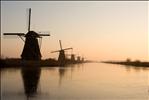
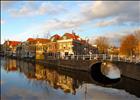

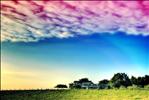
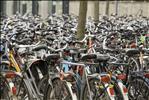







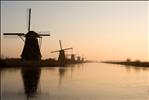
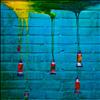

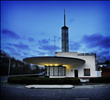
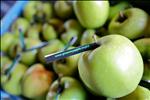
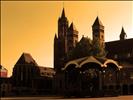

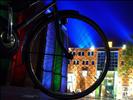



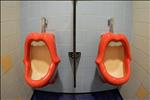


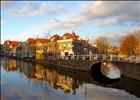
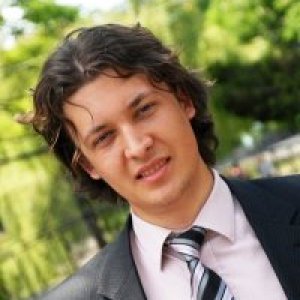
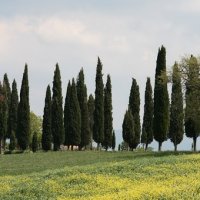
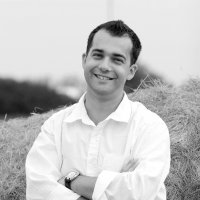
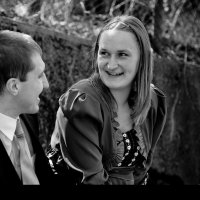

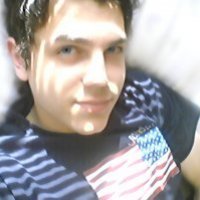
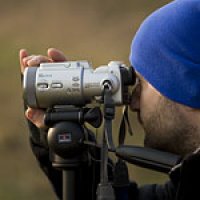
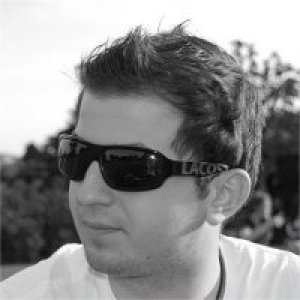
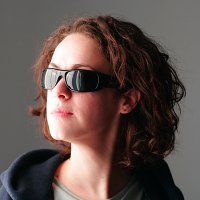
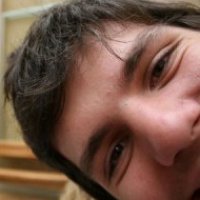

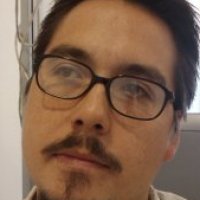
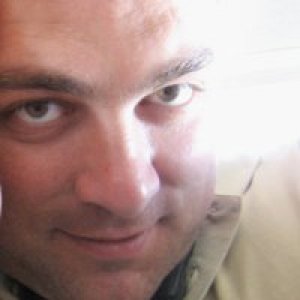


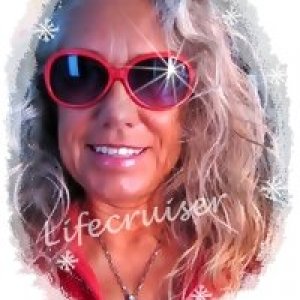
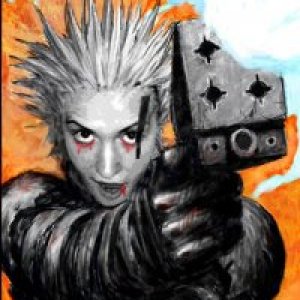
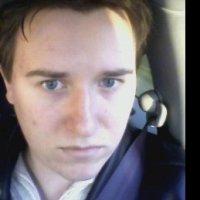
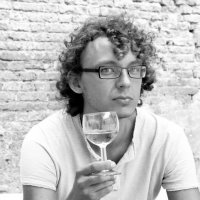



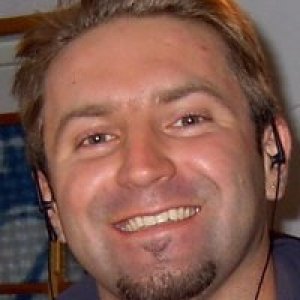
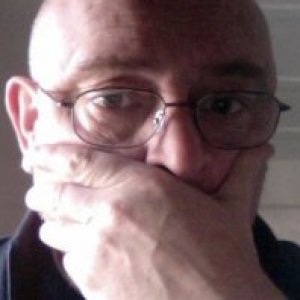
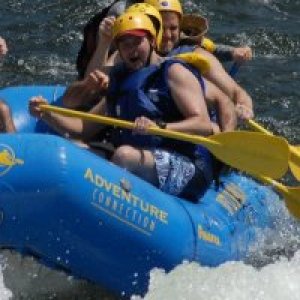
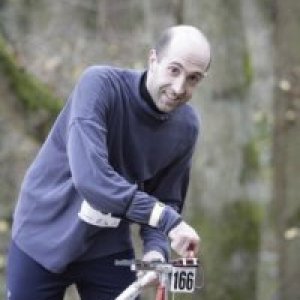

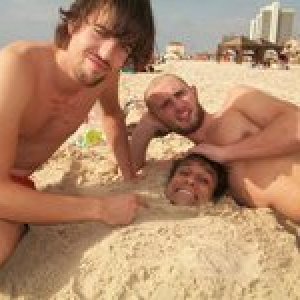




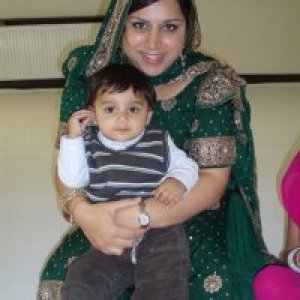
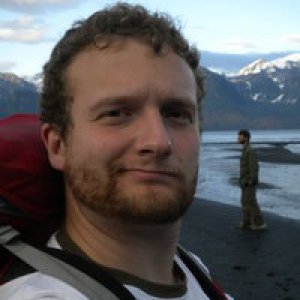
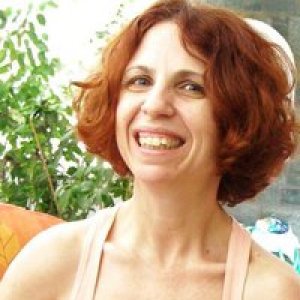
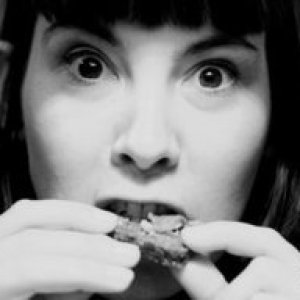
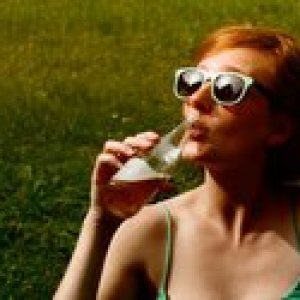
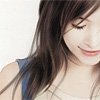
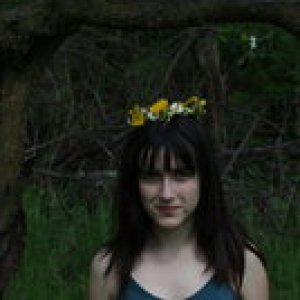
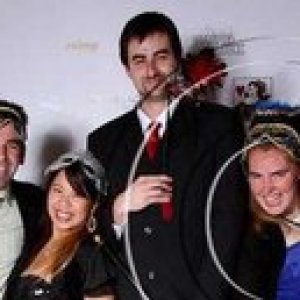
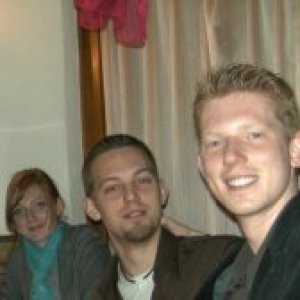

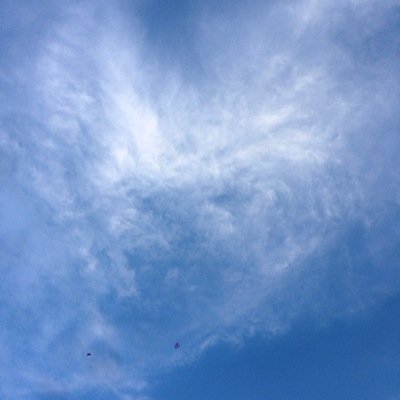
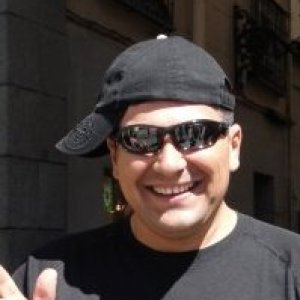

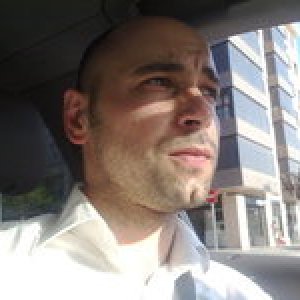
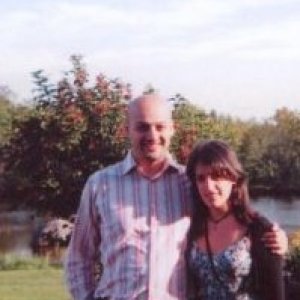
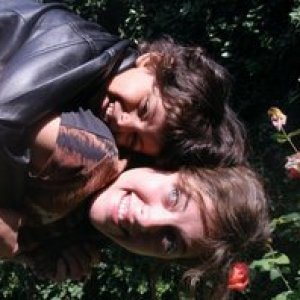
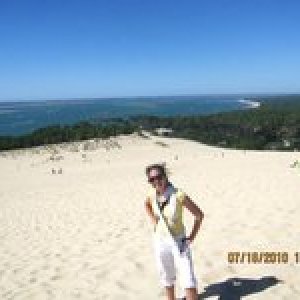
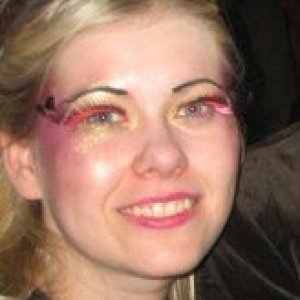
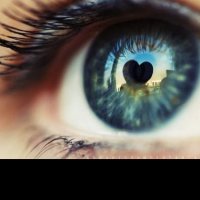
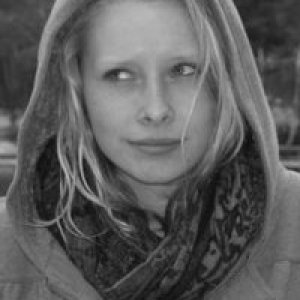

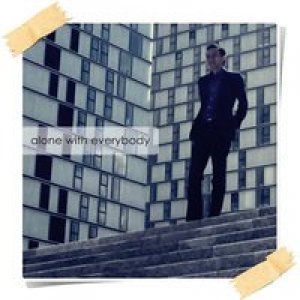
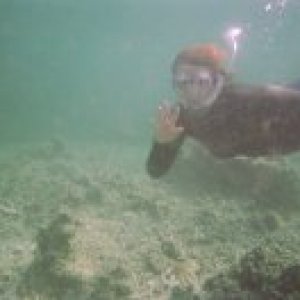
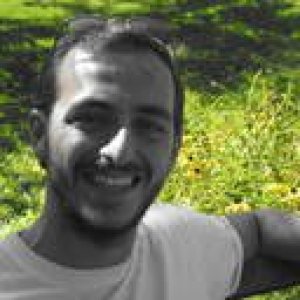
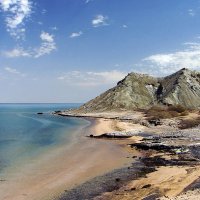
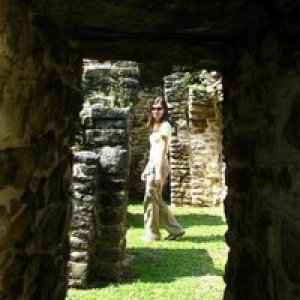
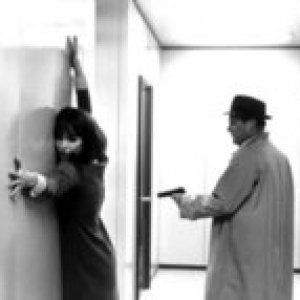
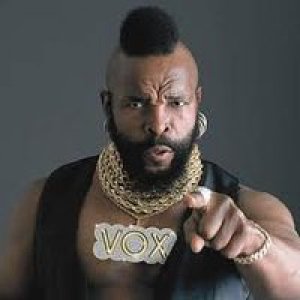
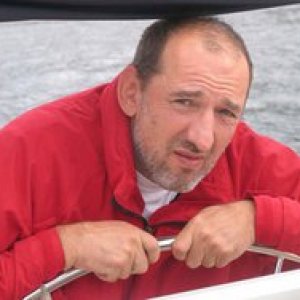

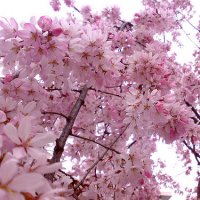
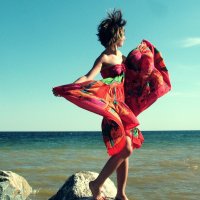
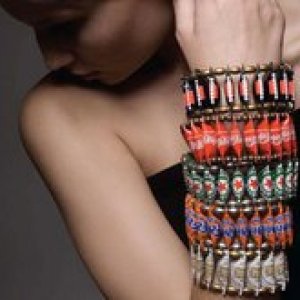
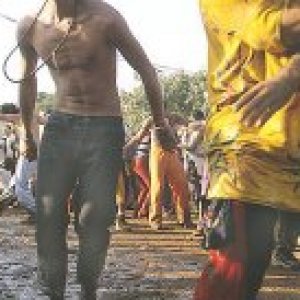
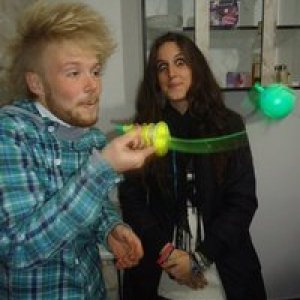
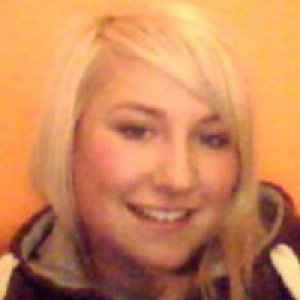


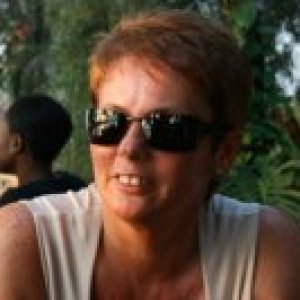

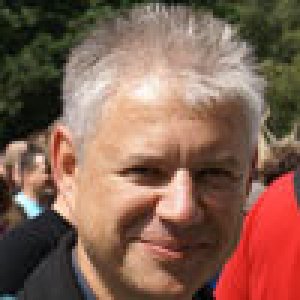
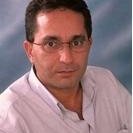
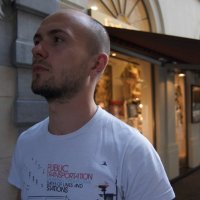
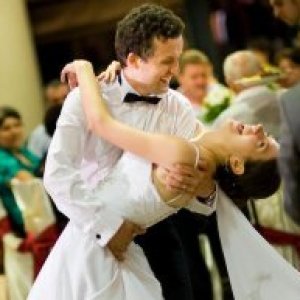
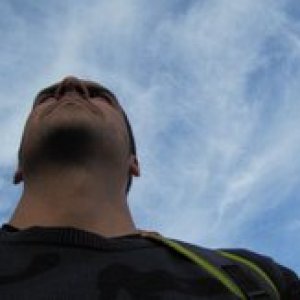


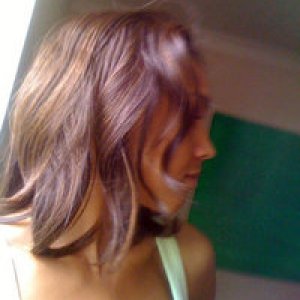
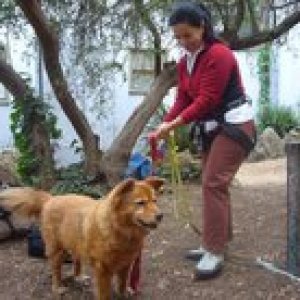
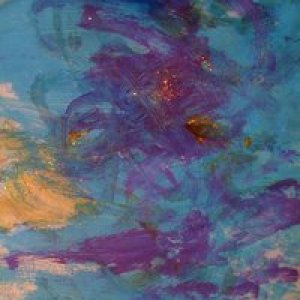
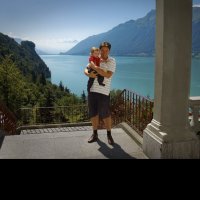
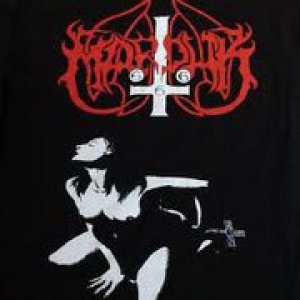
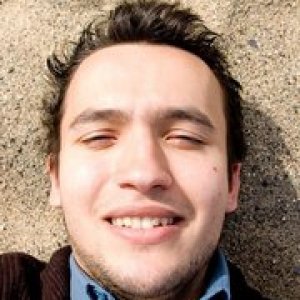
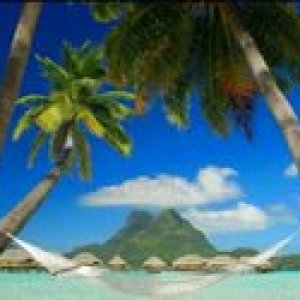

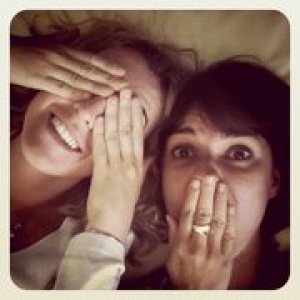
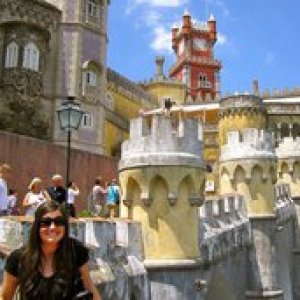
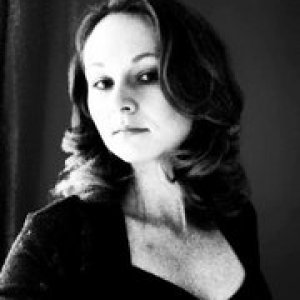
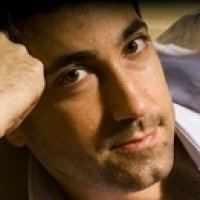
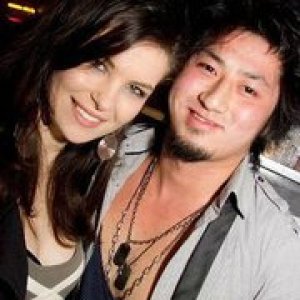
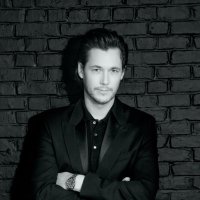
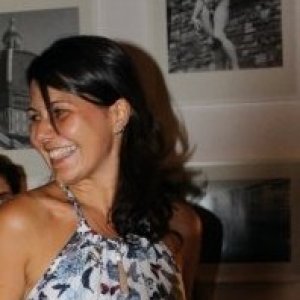


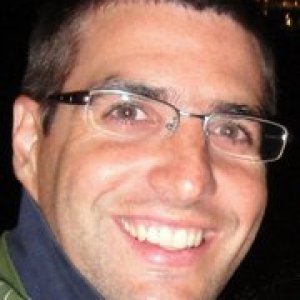

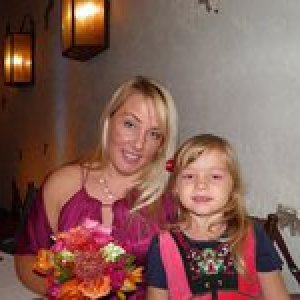
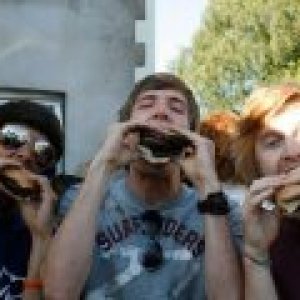

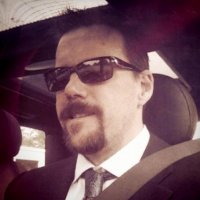


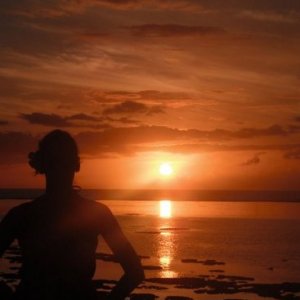
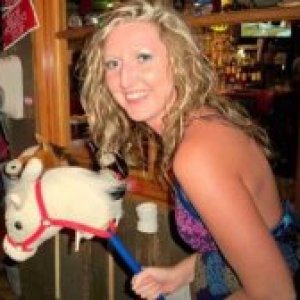


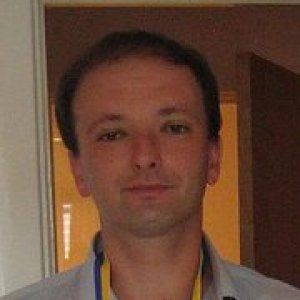
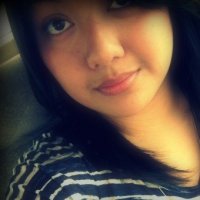

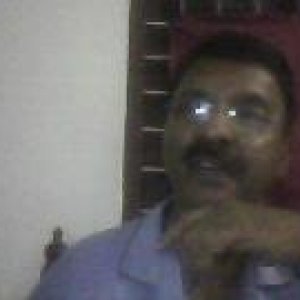
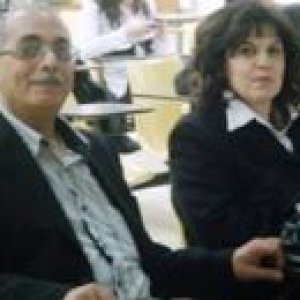
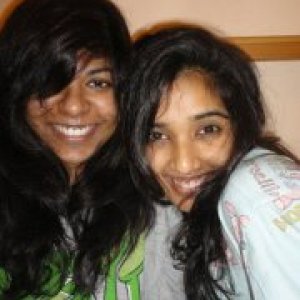
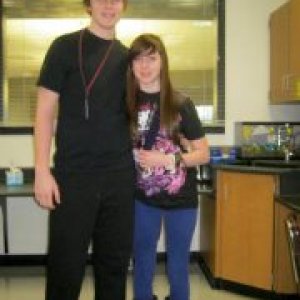
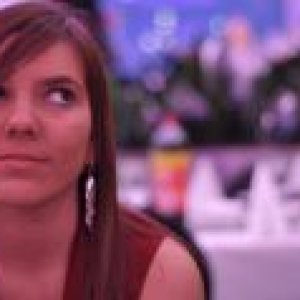



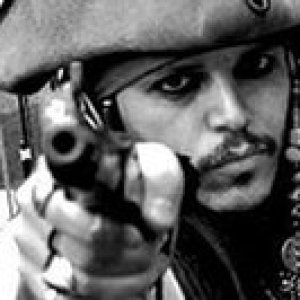
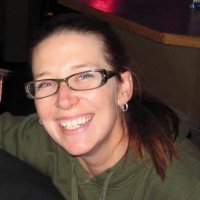
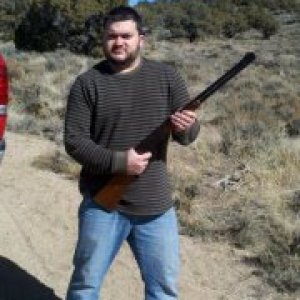
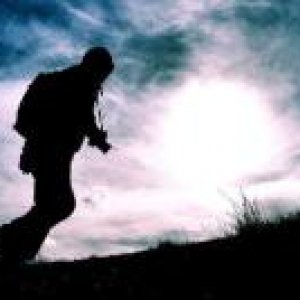

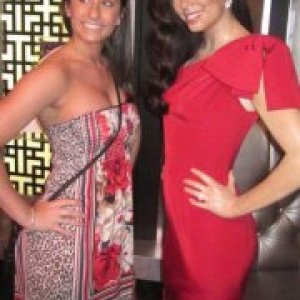

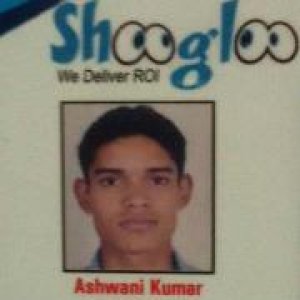
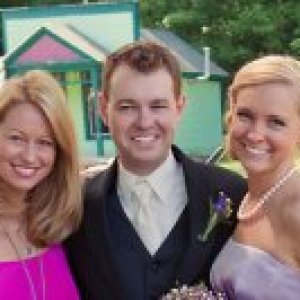
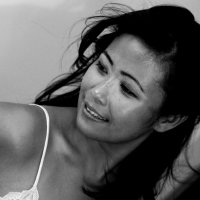









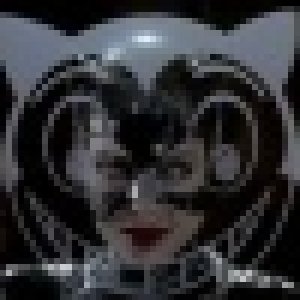
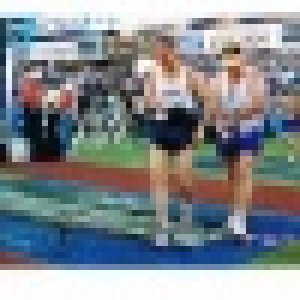
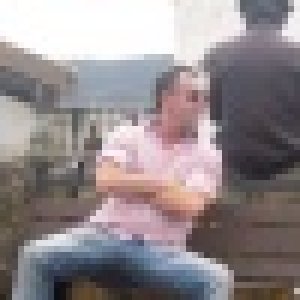
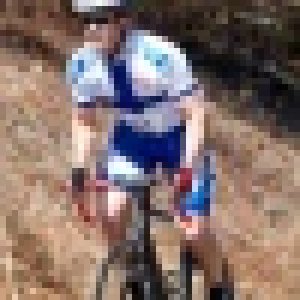


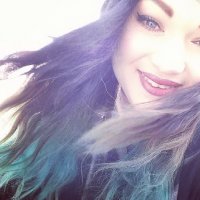
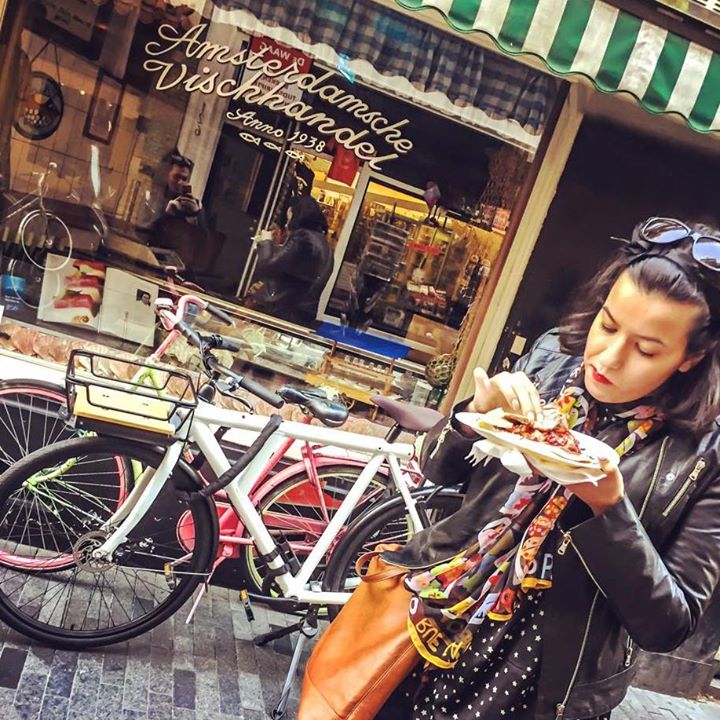

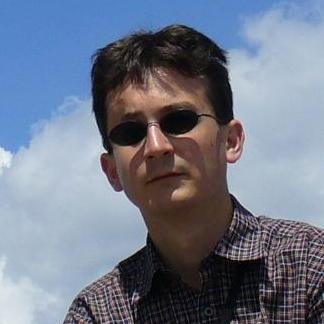
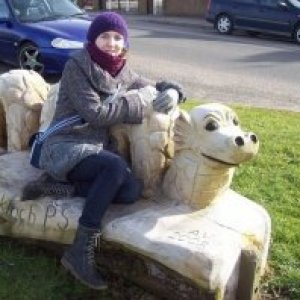
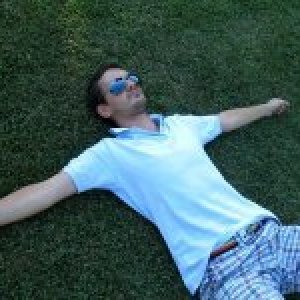
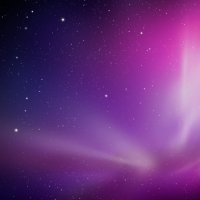
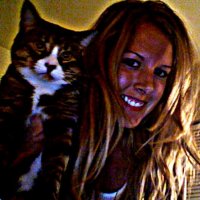
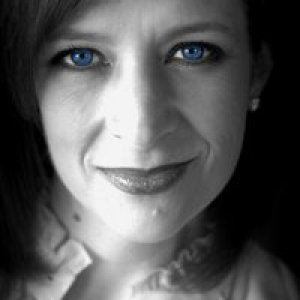


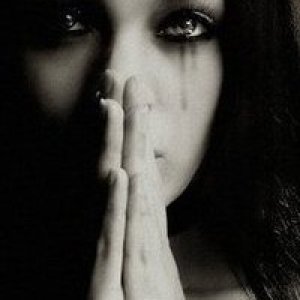

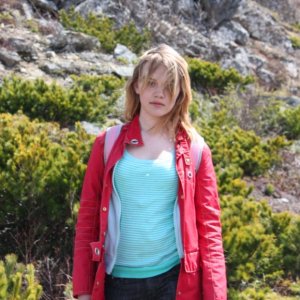
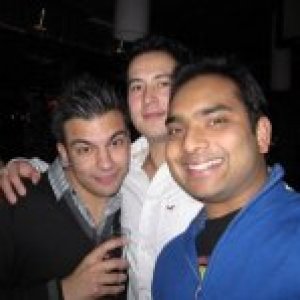
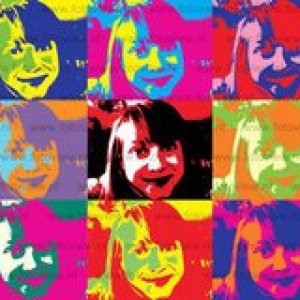

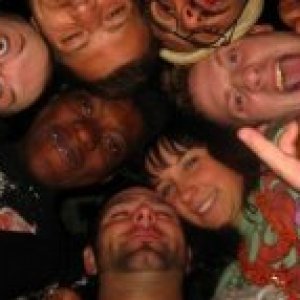
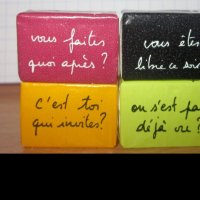
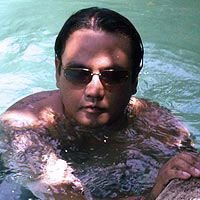
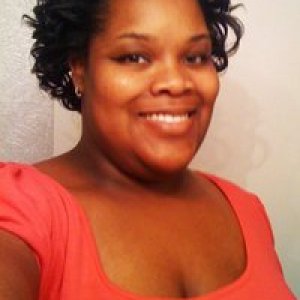
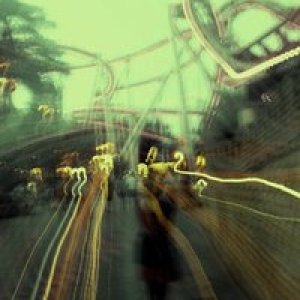
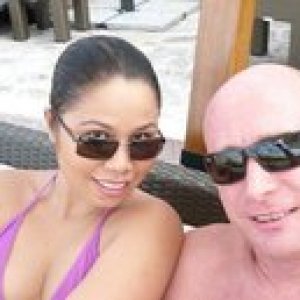
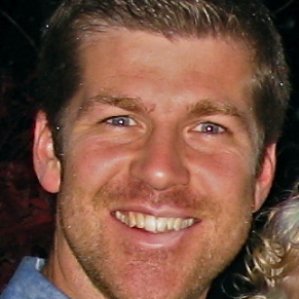
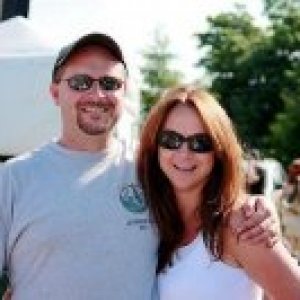
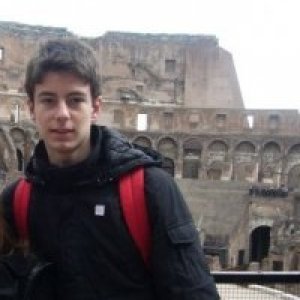
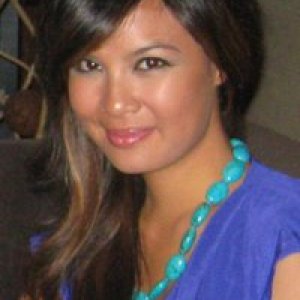

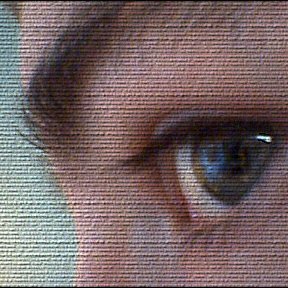
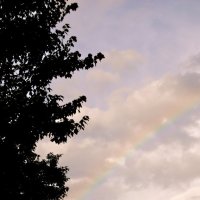
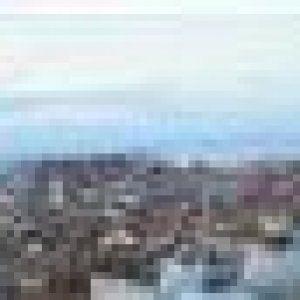


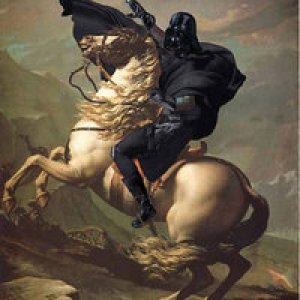
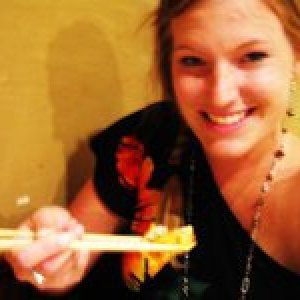
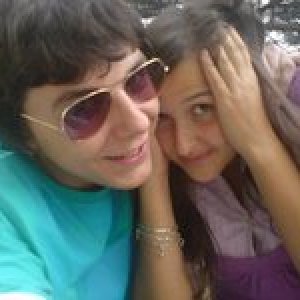
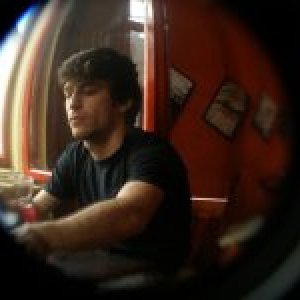
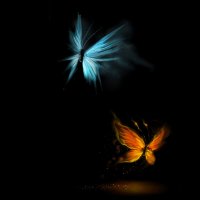

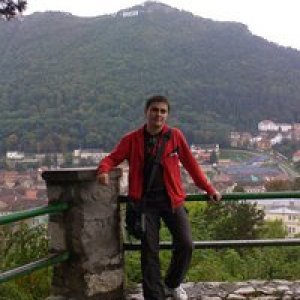
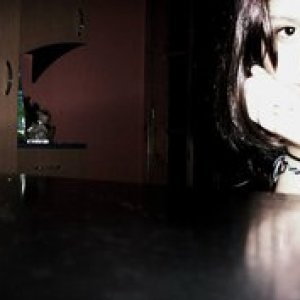
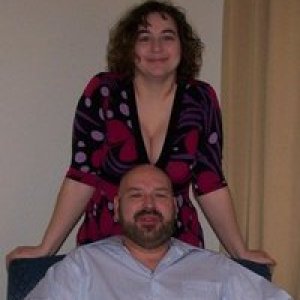
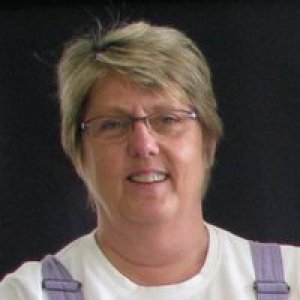







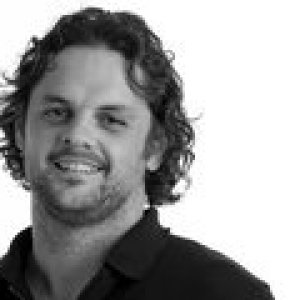

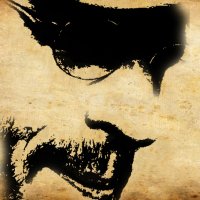
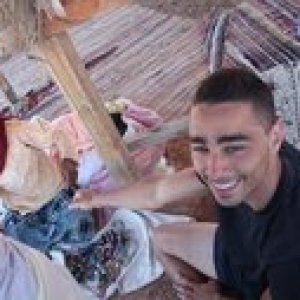
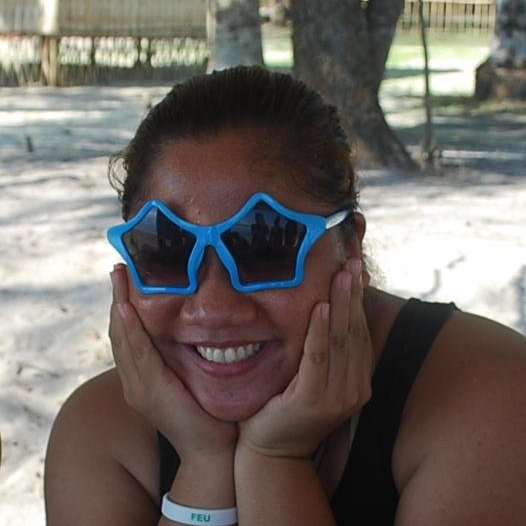
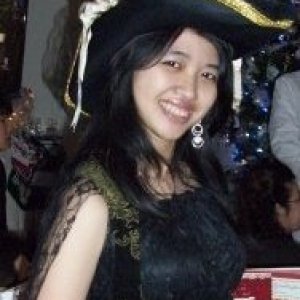
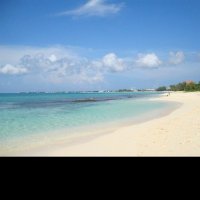
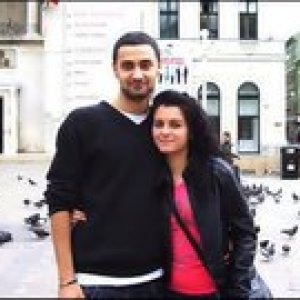
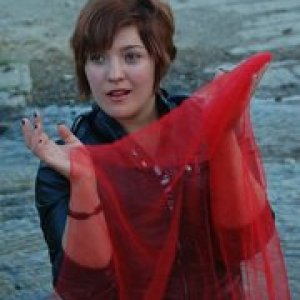
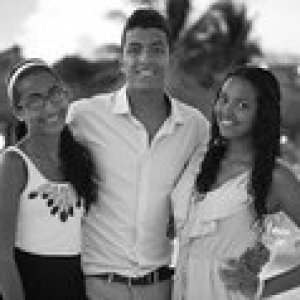
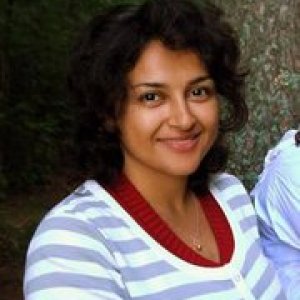
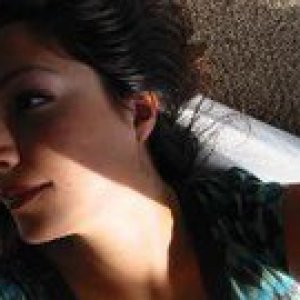
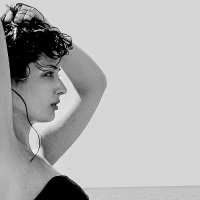
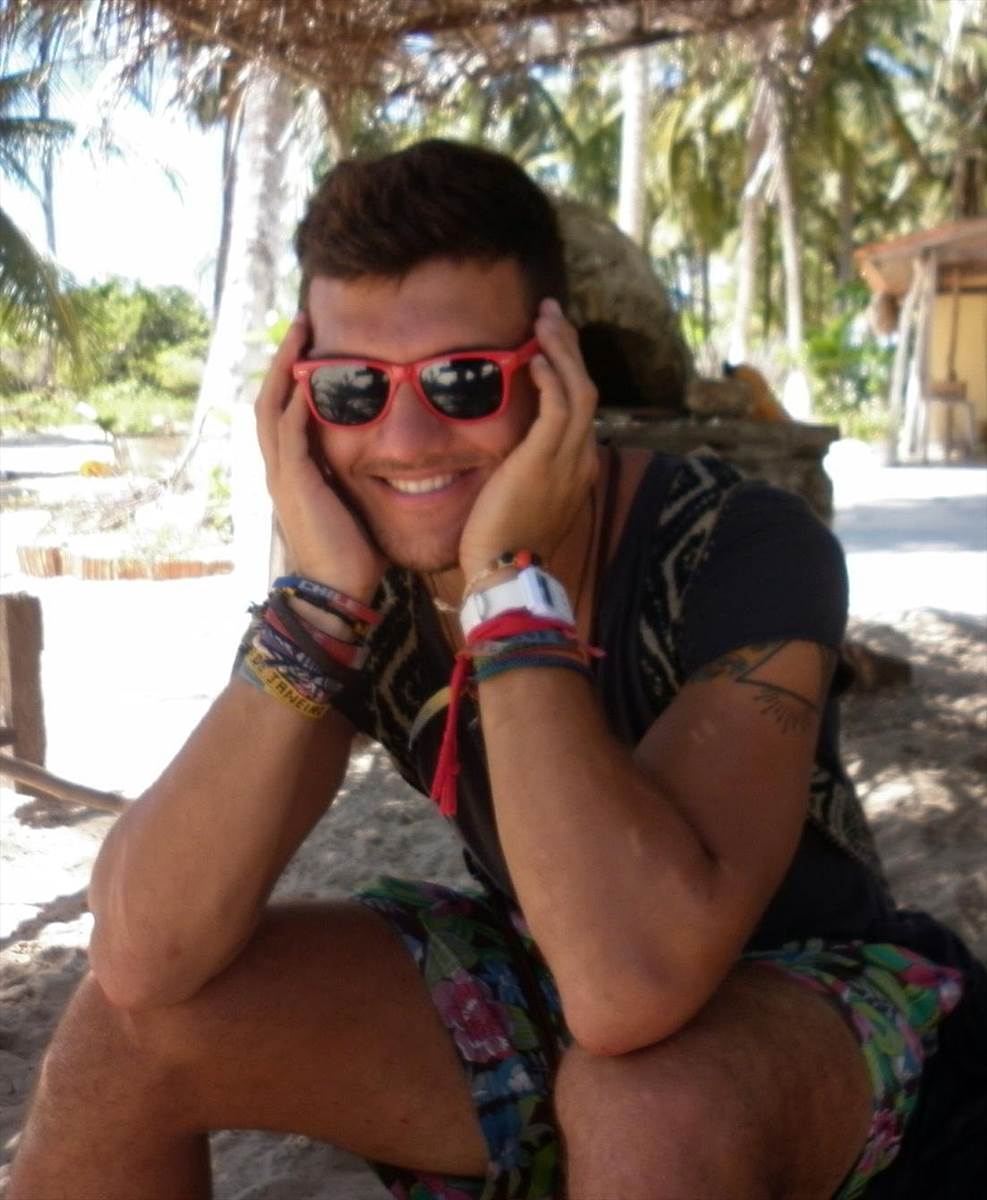
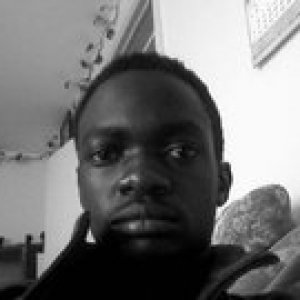

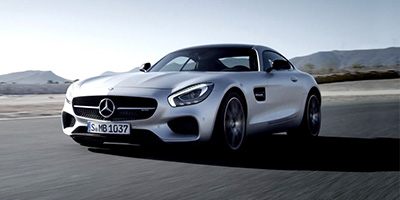
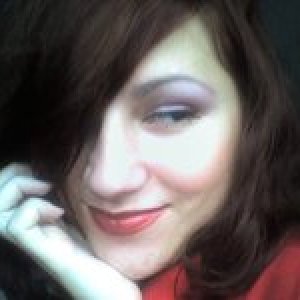
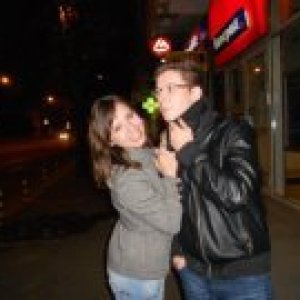

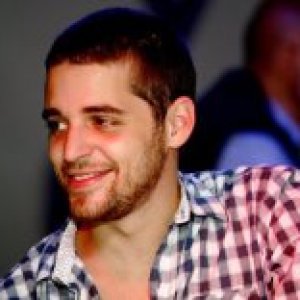
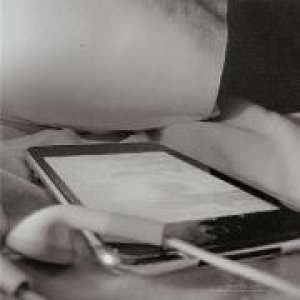
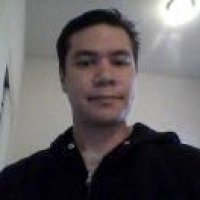
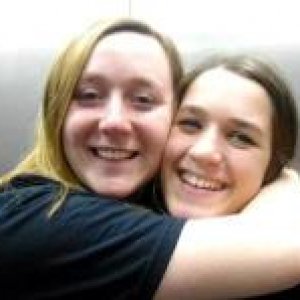
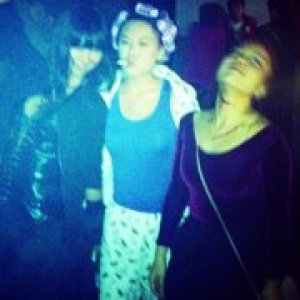

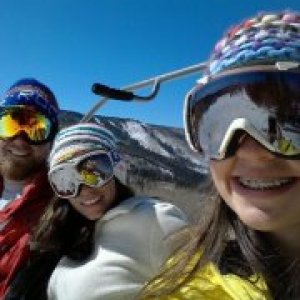
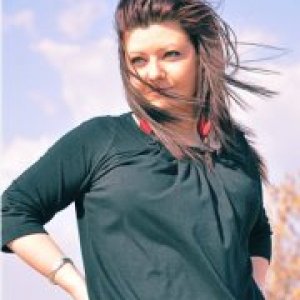
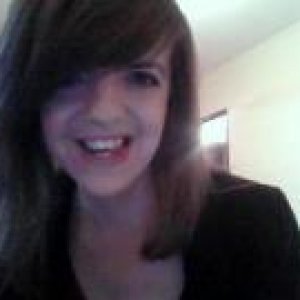
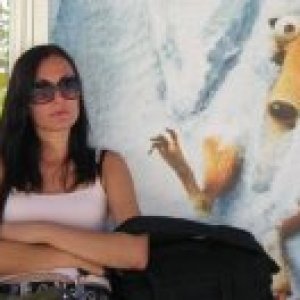
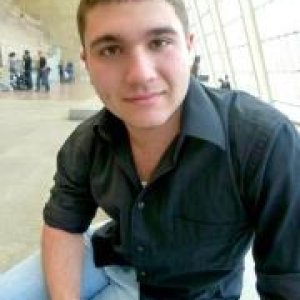




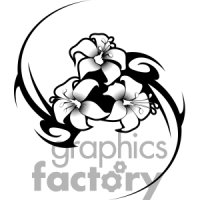
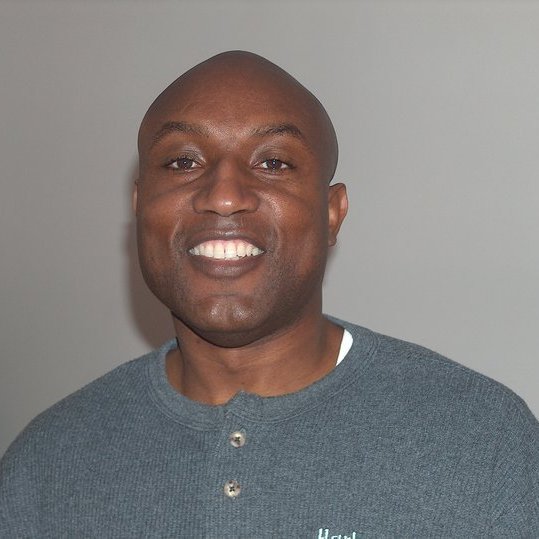
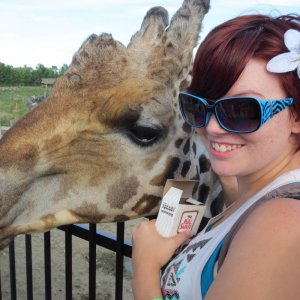
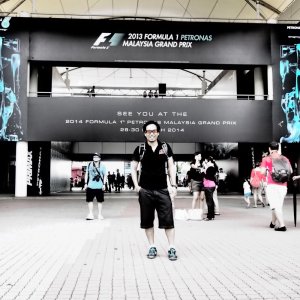

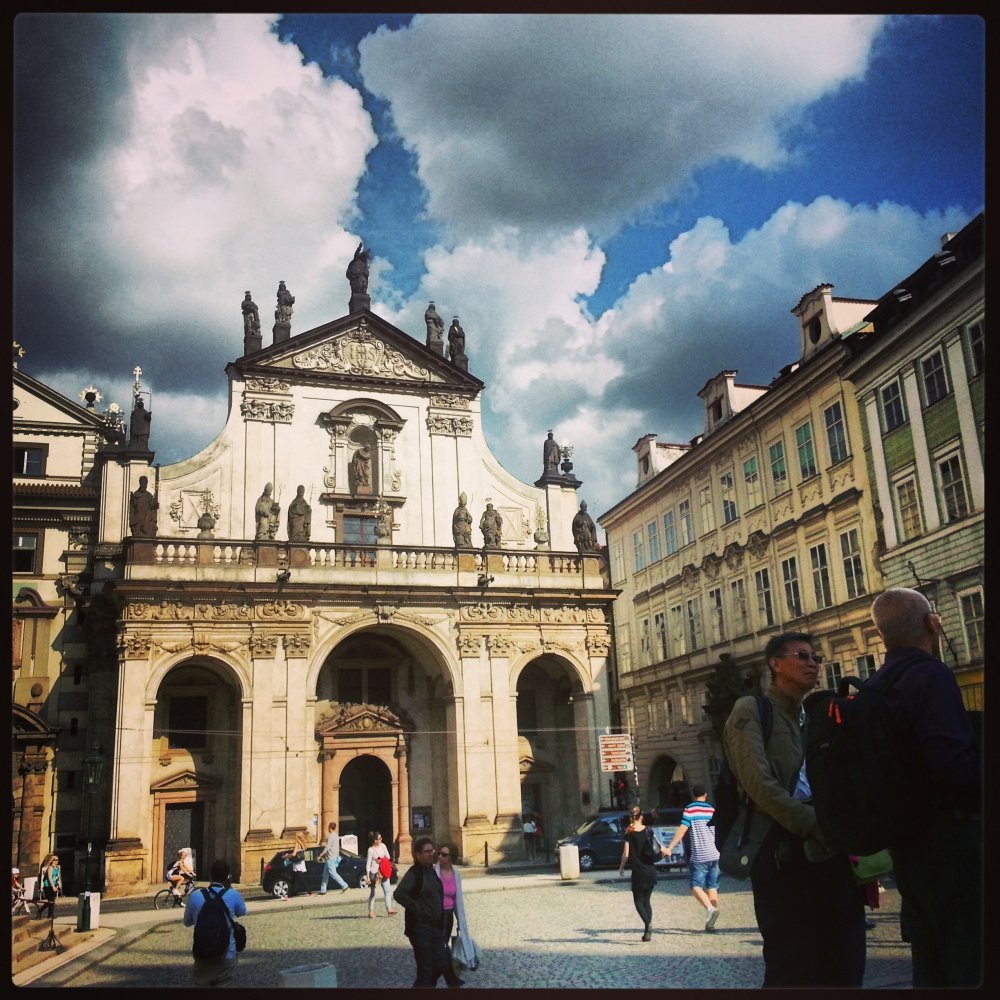
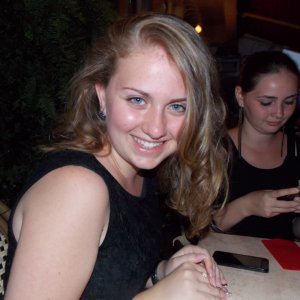
I liked
The houses, the gardens, the fresh fish, the cofee shops. Amsterdam is a nice cityI disliked
the red district